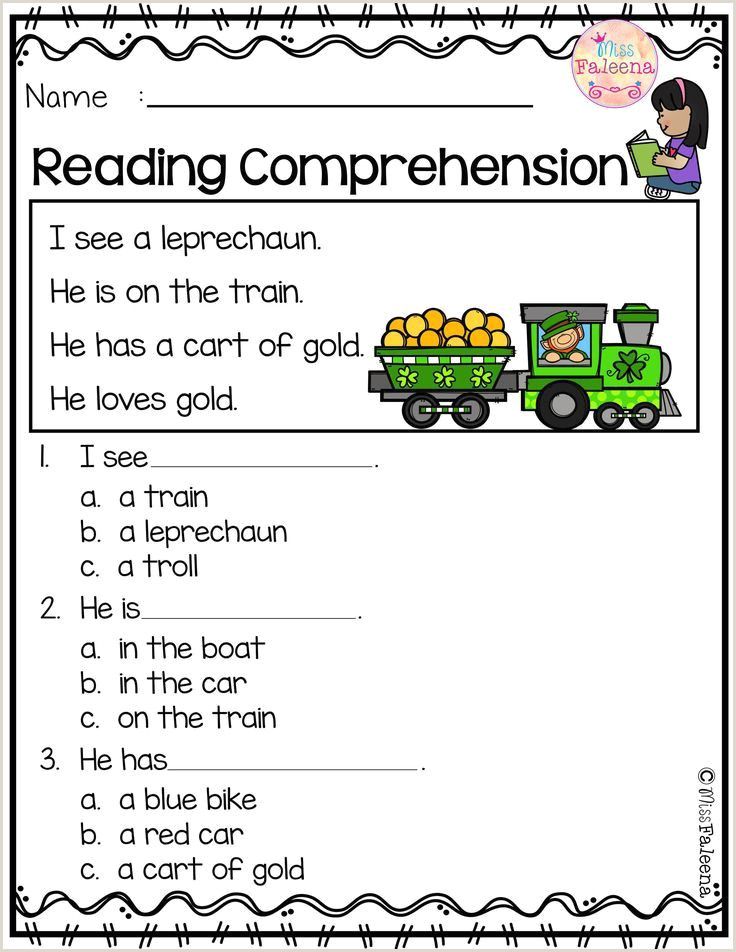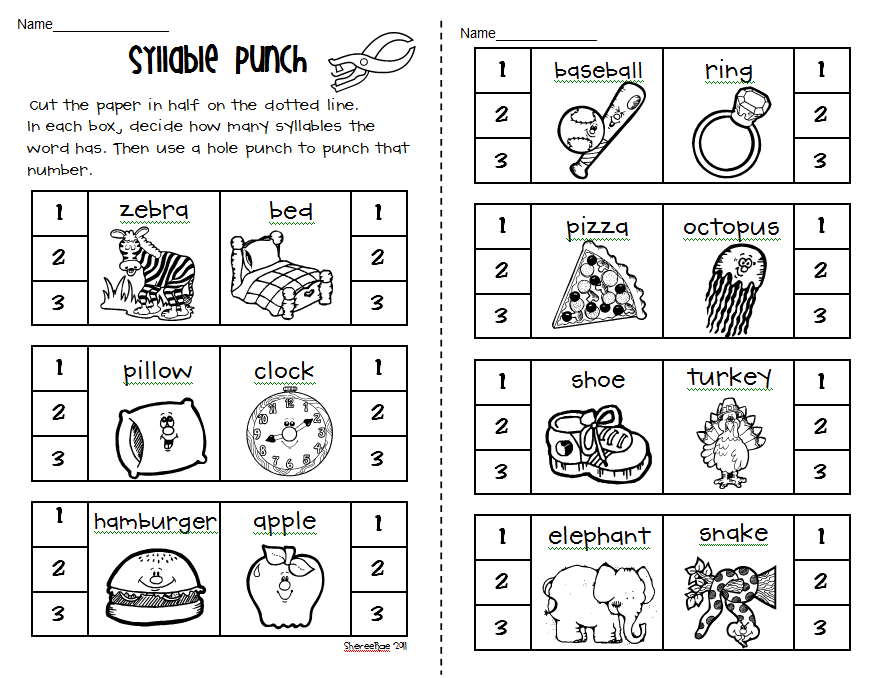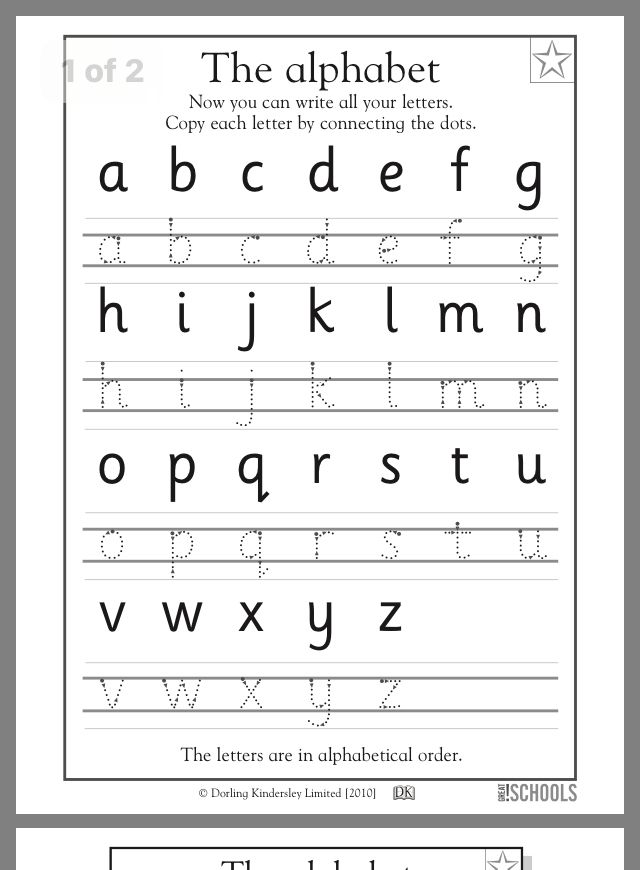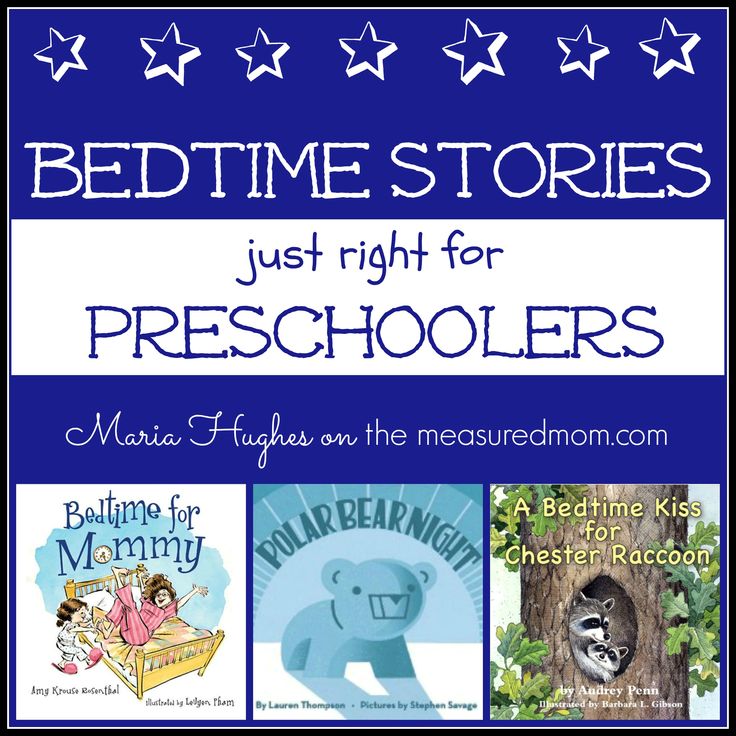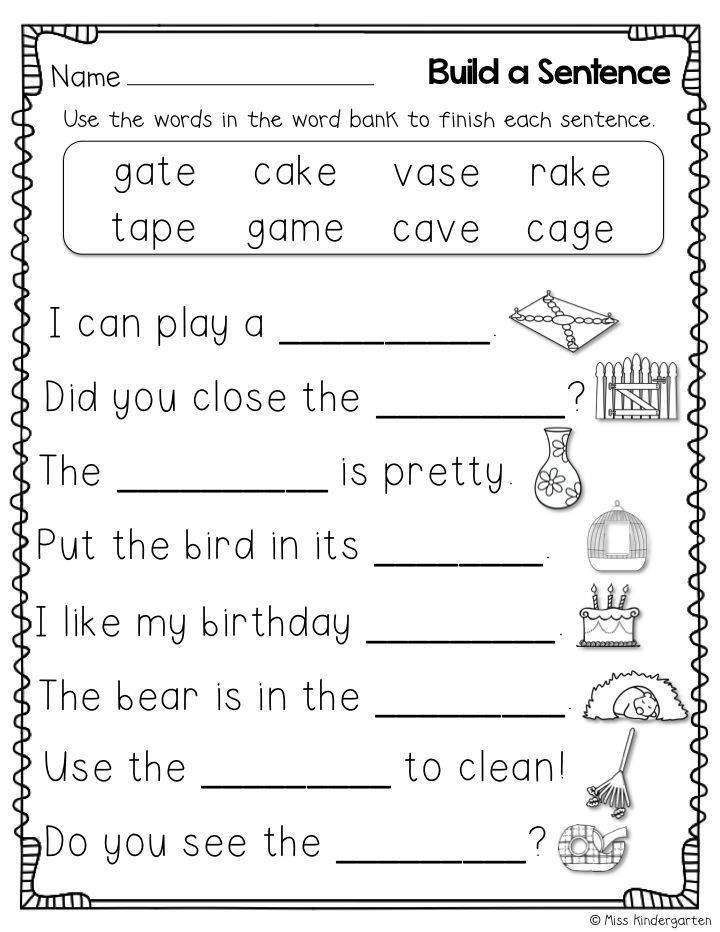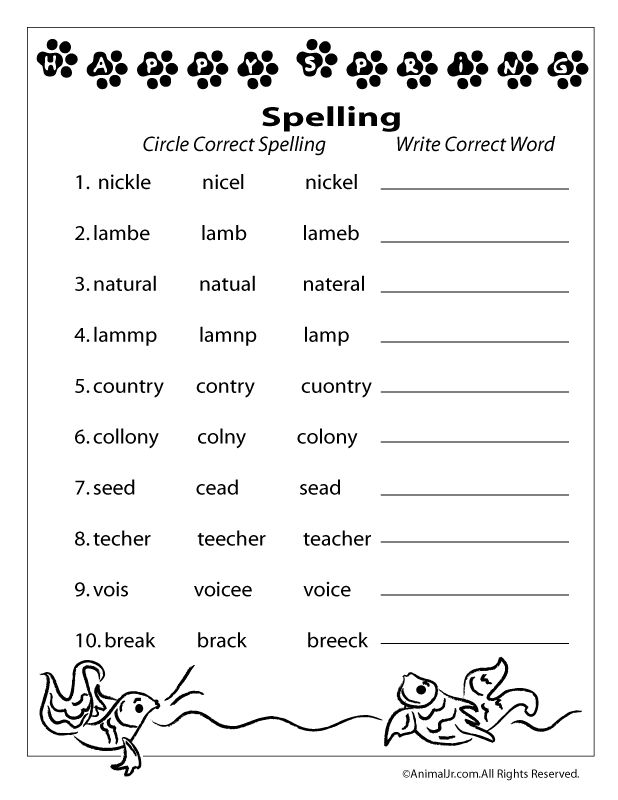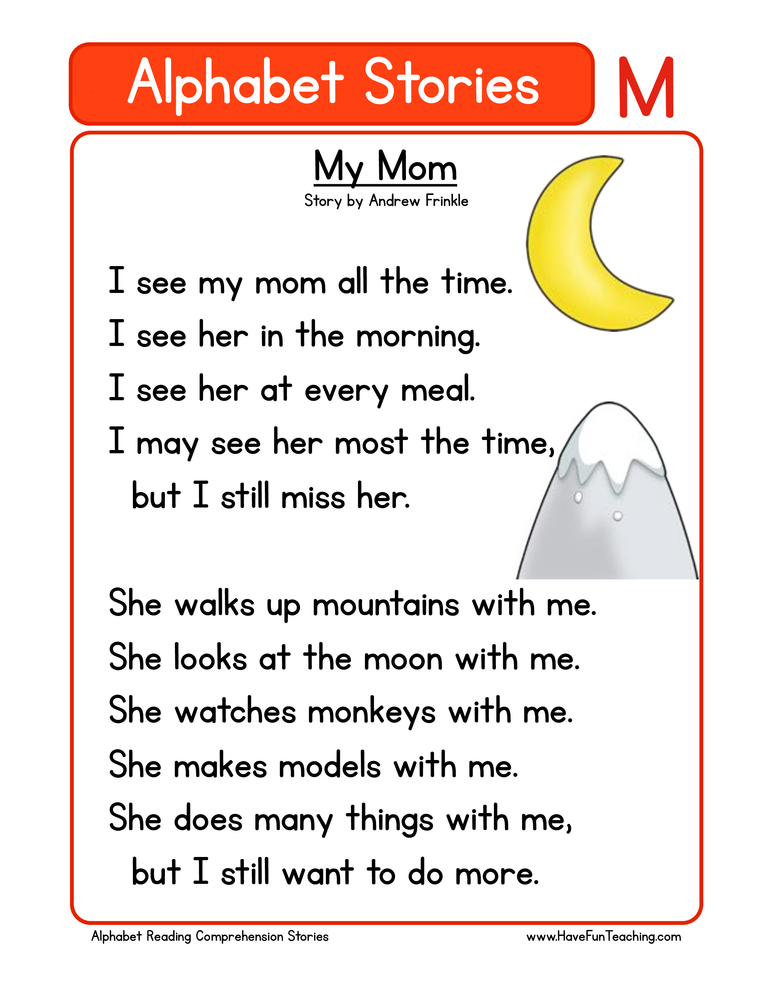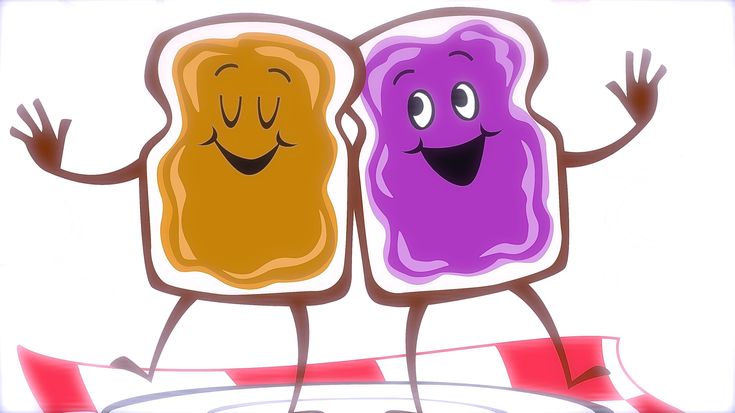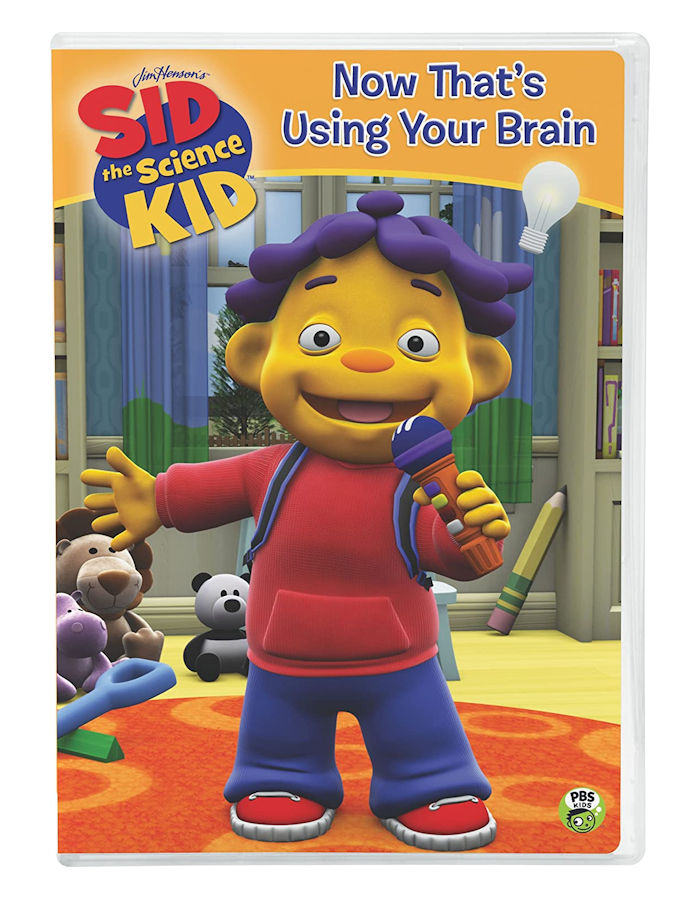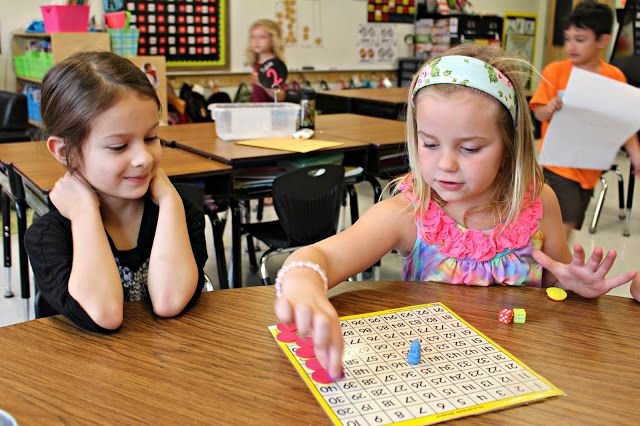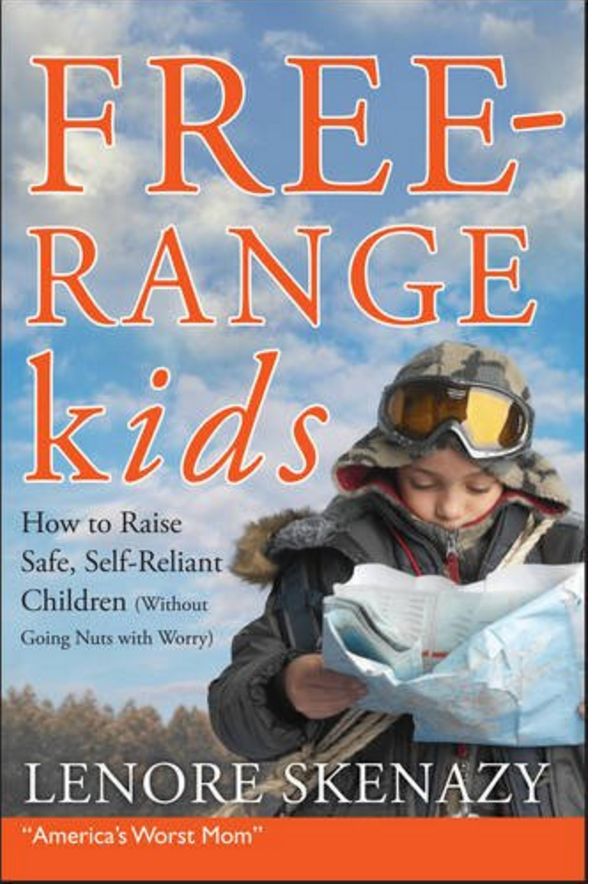Kindergarten comprehension skills
Comprehension: Activities for Your Kindergartener
Just 15 minutes each day makes a big difference! Reading aloud is a great way to help your kindergartener absorb new words and see how stories are structured. It's also one of the best ways to help children learn about the world and make connections between their own lives and what's in the book — that helps children see the world with empathy. And last but not least, it's a wonderful time to snuggle up with your child and share the experience of reading and discovery together.
Remember that reading together should spark curiosity, joy, and a desire to explore and learn. Conversations about books should be enjoyable, and not a set of quizzes and questions. As you try some of the activities listed below, remember to keep it light and lively for your child.
There are so many great nonfiction and informational books for very young kids (such as the popular DK Eyewitness series and National Geographic series). Try to include some of these during your next trip to the public library. Children love learning about the real world and are proud to share what they know!
Even a walk around the neighborhood or a trip to the grocery store can be a rich learning experience for young children. A child may see an urban bunny for the first time on a walk, and then be able to connect it to stories about rabbits. These personal connections help children connect what they read with what they know — a powerful way to build comprehension skills!
Signs of good reading comprehension in kindergartners
Try these comprehension activities at home
"I predict ..."
When you sit down for a read aloud, look at the book's cover together. Ask, "What do you think this book might be about? Why? Can you make some predictions?" Guide your child through the pages, discuss the pictures, and brainstorm what might happen in the story.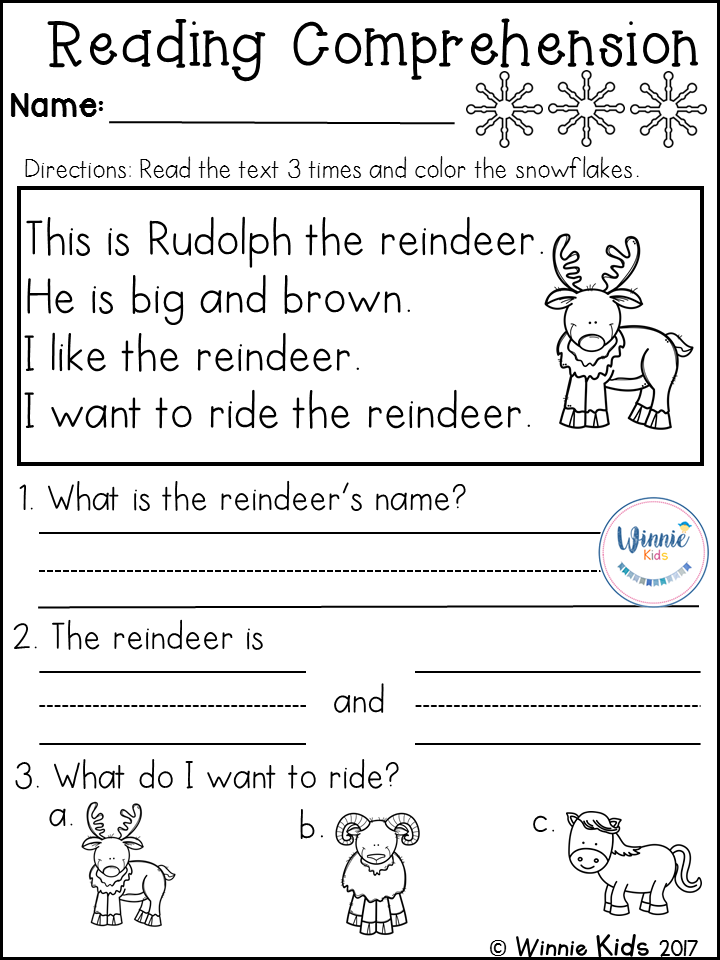 Talk about any personal experiences your child may have that relate to the story.
Talk about any personal experiences your child may have that relate to the story.
Five-finger retell
After reading a story together, have your child tell you five things about the story, using her fingers to talk about each one:
- Characters: who was in the story?
- Setting: where did the story take place?
- Events: what happened in the story?
- End: how did the story end?
- Favorite character or part of the story
Active reading
Model active reading when you read with your child. Talk about what's happening as you're reading. Stop and discuss any interesting or tricky vocabulary words. Help your child make pictures of the story in his mind. Ask your child, "What just happened here? How do you think that character feels? Have you ever felt like that? What do you think will happen next?" Not only will this develop your child’s comprehension, but critical thinking skills as well.
Mind movies
When you come to a descriptive passage in a book, have your child close her eyes and create a mental movie of the scene.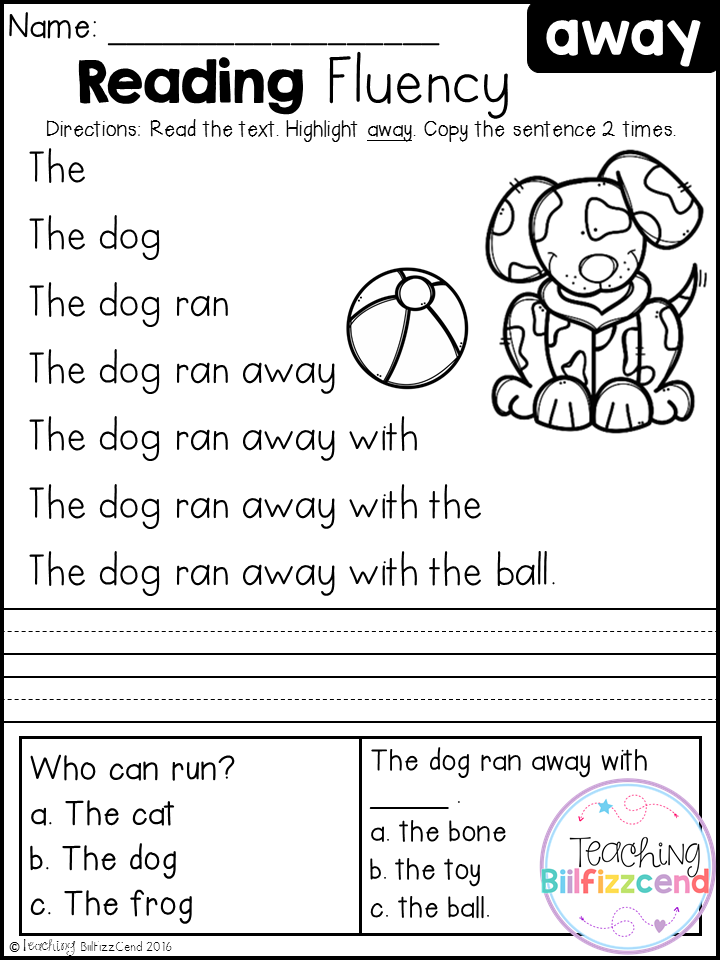 Encourage her to use all five senses. Read the passage over together, looking for details that bring the scene to life. Ask questions like, “How do you know it was a hot day? Which words help you understand that the child was lonely?”
Encourage her to use all five senses. Read the passage over together, looking for details that bring the scene to life. Ask questions like, “How do you know it was a hot day? Which words help you understand that the child was lonely?”
Tell me about it
After a read aloud, one of the best and easiest ways to check for understanding is to ask your child to summarize what the book was about in their own words. You can ask a question or two to help your child clarify her thinking or to add more detail.
Can your child tell you what happened in the story?
This video is from Home Reading Helper, a resource for parents to elevate children’s reading at home provided by Read Charlotte. Find more video, parent activities, printables, and other resources at Home Reading Helper.
Think alouds
Connect the book to your child's own life experience.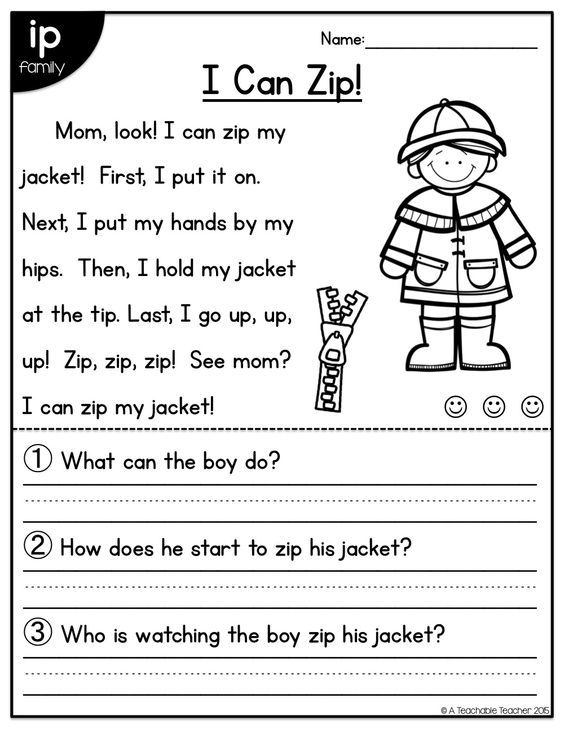 For example, A River Dream: "This book reminds me of the time my father took me fishing. Do you remember the time we went fishing?"
For example, A River Dream: "This book reminds me of the time my father took me fishing. Do you remember the time we went fishing?"
Connect the book to other books they have read. For example, Mufaro's Beautiful Daughters: "This story reminds me of Cinderella. Both stories are about sisters. Do you know any other stories about nice and mean sisters? Let's keep reading to find out other ways the stories are similar."
Connect the book to big ideas/lessons. For example, Stellaluna: "This story helps me understand that we are all the same in many ways, but it's our differences that make us special."
Wordless
Wordless picture books provide your child with practice using clues to create meaning. There are no wrong stories with wordless picture books, only variations based on what the "reader" sees and puts together. Rosie's Walk, Good Dog, Carl, and Beaver Is Lost are all interesting and fun wordless picture books to explore.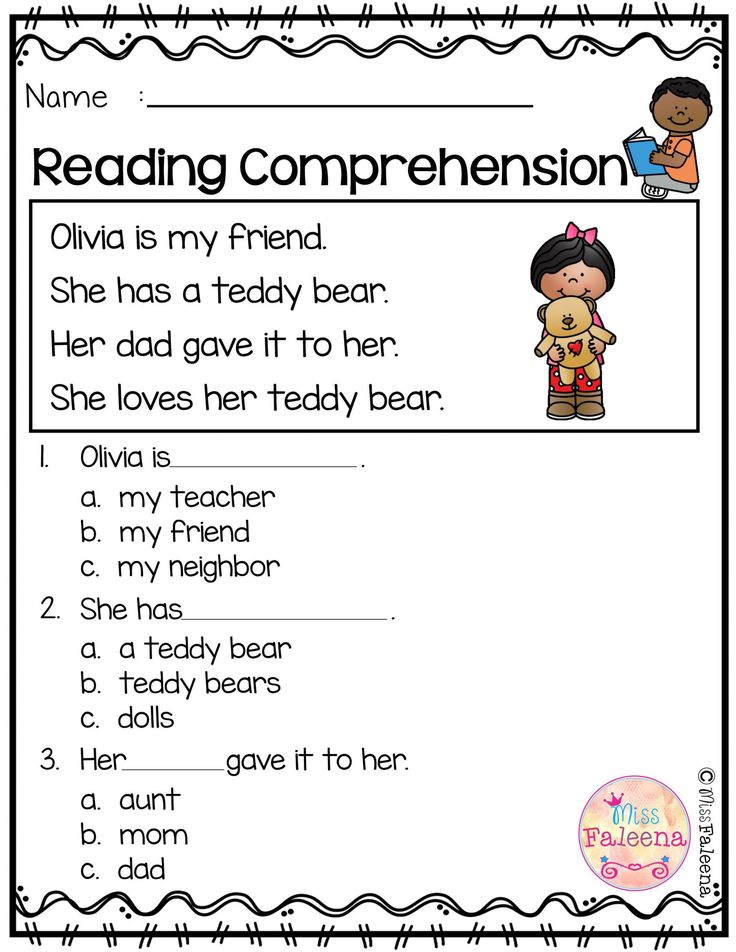 Find more wordless books on BookFinder.
Find more wordless books on BookFinder.
Family stories
This is a wonderful activity for a family picnic or for a rainy day when you're snuggled together on the couch. Share a favorite story about your childhood or a family story that's been passed down from generation to generation. Use vivid language and details about people, places, and things. Funny or scary will really get your child's attention! Your child will probably have lots of questions, which keeps the storytelling alive. You could also ask your child if she has a favorite family story of her own.
How sharing your stories helps kids with reading
Beginning readers love to hear stories about a parent's childhood! A parent's stories help children learn new vocabulary, story structure, and comprehension. (From GreatSchools)
Map this book!
Draw a map of the book's setting, and be sure to include the places where the main action happens!
Beginning-middle-end
This is a great way to see if your child understands the main parts of a story. After reading a book together, give your child three sheets of paper, with "beginning" on one sheet, "middle" on the second sheet, and "end" on the third sheet. Ask your child to think about the three parts of the story, and then draw what happened on each on the sheets. Arrange the sheets in order, left to right. What happens if you re-arrange the sheets? Does the story still make sense?
After reading a book together, give your child three sheets of paper, with "beginning" on one sheet, "middle" on the second sheet, and "end" on the third sheet. Ask your child to think about the three parts of the story, and then draw what happened on each on the sheets. Arrange the sheets in order, left to right. What happens if you re-arrange the sheets? Does the story still make sense?
Words, words, words
Be sure to include books with rich vocabulary in your read alouds and call attention to interesting words and phrases from the story. This may include repeated phrases or idioms (such as "get cold feet" or "I'm all ears"). Offer a kid-friendly definition and connect the new word or phrase to something your child already knows.Talk about how the author used language or words to make the text interesting, informative, funny, or sad.
Picture walk
Talk about the book before you read it. Show the cover illustration and ask your child to predict what the book is about.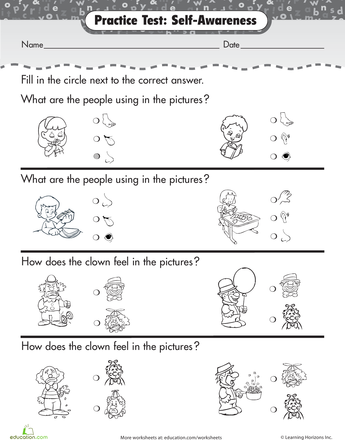 Flip through the book, look closely at the pictures together, and talk about what's on the jacket flaps.
Flip through the book, look closely at the pictures together, and talk about what's on the jacket flaps.
Take a picture walk
This video is from Home Reading Helper, a resource for parents to elevate children’s reading at home provided by Read Charlotte. Find more video, parent activities, printables, and other resources at Home Reading Helper.
Remember when ...?
Connect what your child reads with what happens in life. If reading a book about birds, relate it to birds you've seen on walks in your neighborhood.
Story detectives
As you read with your child, stop and ask questions such as: What’s happening in the picture? Why do you think the puppy is sad? Have you felt that way yourself? Why do you think the spider wanted to help the pig? What do you think is going to happen next? How do you think the story will end? Take turns and let your child to “be the detective” and ask you questions about the book.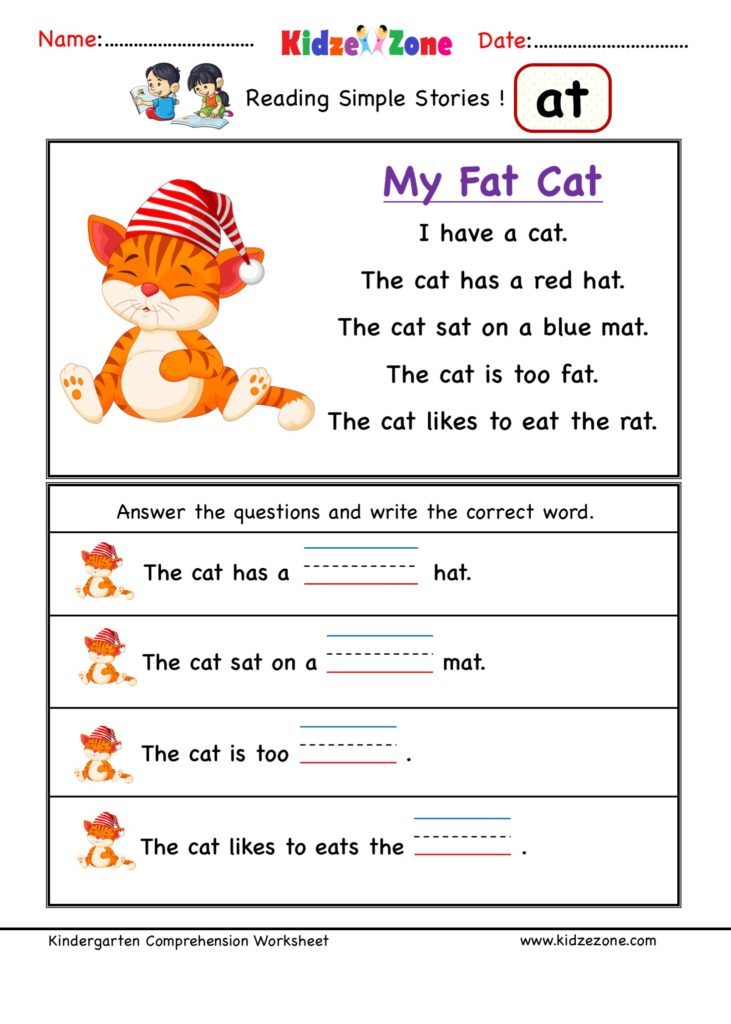 Not only will this develop your child’s comprehension, but critical thinking skills as well.
Not only will this develop your child’s comprehension, but critical thinking skills as well.
Picture the character (Part 1)
Try this activity from the Florida Center for Reading Research (FCRR). The FCRR "At Home" series was developed especially for families! Watch the video and then download the activity: Picture the Character. See all FCRR comprehension activities here.
Picture the character (Part 2)
Try this activity from the Florida Center for Reading Research (FCRR). The FCRR "At Home" series was developed especially for families! Watch the video and then download the activity: Picture the Character. See all FCRR comprehension activities here.
More comprehension resources
Ten Strategies for Improving Reading Comprehension in Kindergarten & F
Here are TEN great strategies to help improve reading comprehension for beginning readers in Kindergarten and first grade! These should be helpful for general comprehension skills as well as for children that are trying to master “the art” of taking and passing Accelerated Reader (AR) tests! Once young readers get into the habit of reading for meaning, they will be on their way when they are expected to make the switch from reading for fun to reading to learn in the content areas! Here are some tips on how to do help make that happen with a wonderful guest post from my new friend Corrine Jacob, and a little help from me, Heidi!
Strategies for Improving Reading Comprehension
One of the first hurdles we come across after kids learn their alphabet and sight words is how to help them comprehend what they read.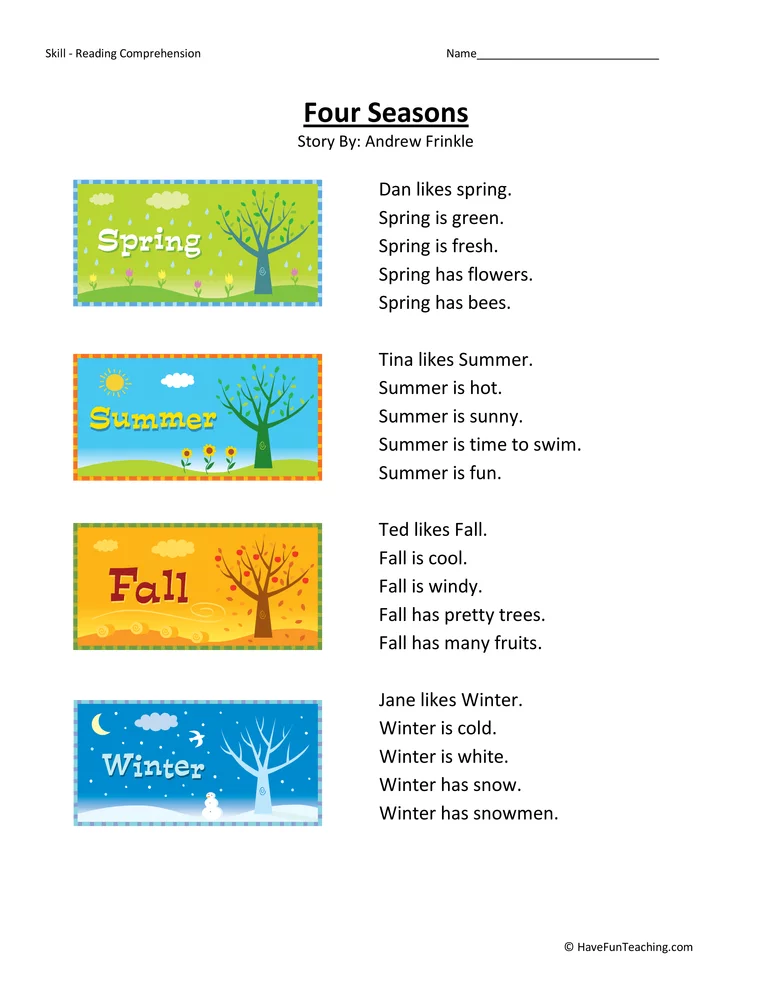 The core purpose of reading is to find meaning in the text. Otherwise, the words and sentences, irrespective of how interesting or informative, are no more than gibberish. To put it in a nutshell, reading and reading comprehension go hand-in-hand. How do we help beginning readers develop the skills and strategies required to improve their comprehension?
The core purpose of reading is to find meaning in the text. Otherwise, the words and sentences, irrespective of how interesting or informative, are no more than gibberish. To put it in a nutshell, reading and reading comprehension go hand-in-hand. How do we help beginning readers develop the skills and strategies required to improve their comprehension?
Young children not only need our help in developing an interest in reading and in learning how to read but they also need to be taught how to understand what they read. Patience is important as there are a multitude of skills involved and it will take time and practice for kids to become proficient at reading comprehension. Here are a few strategies for improving reading comprehension in beginning readers.
Get kids to play reading games.
It is easy to interest kids in a game rather than a book when they are young and have a short attention span.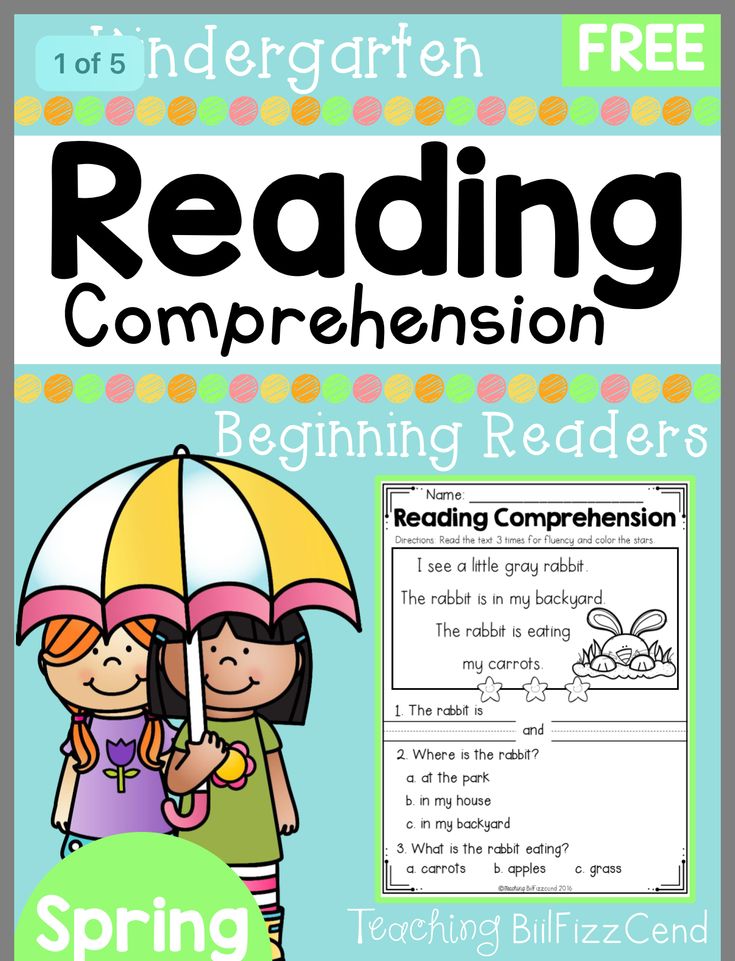 Playing reading games with kids will help keep them entertained and give them an exercise in comprehension as they need to move through the games by answering questions or understanding instructions. There is also the benefit of using the context in the games to aid comprehension.
Playing reading games with kids will help keep them entertained and give them an exercise in comprehension as they need to move through the games by answering questions or understanding instructions. There is also the benefit of using the context in the games to aid comprehension.
Below is a peek at Heidi’s Reading Comprehension Activities for K-2 Pinterest board! There are LOTS of great activities there, and always more to come!
Follow HeidiSongs’s board Reading Comprehension Activities for K-2 on Pinterest.
Give kids adequate practice in sight words.
Beginning readers will benefit from practicing sight words as much as possible. In fact, you need to keep this up until they reach second grade. The quicker they recognize these high frequency words, the easier it will be for them to read with a focus on the meaning of the text. If they are still struggling with decoding and recognizing words, their focus will be more on that than the meaning.
Singing sight word songs is a wonderful, active way to practice these high frequency words in a fun way! Check out these songs from the Sing and Spell Vol.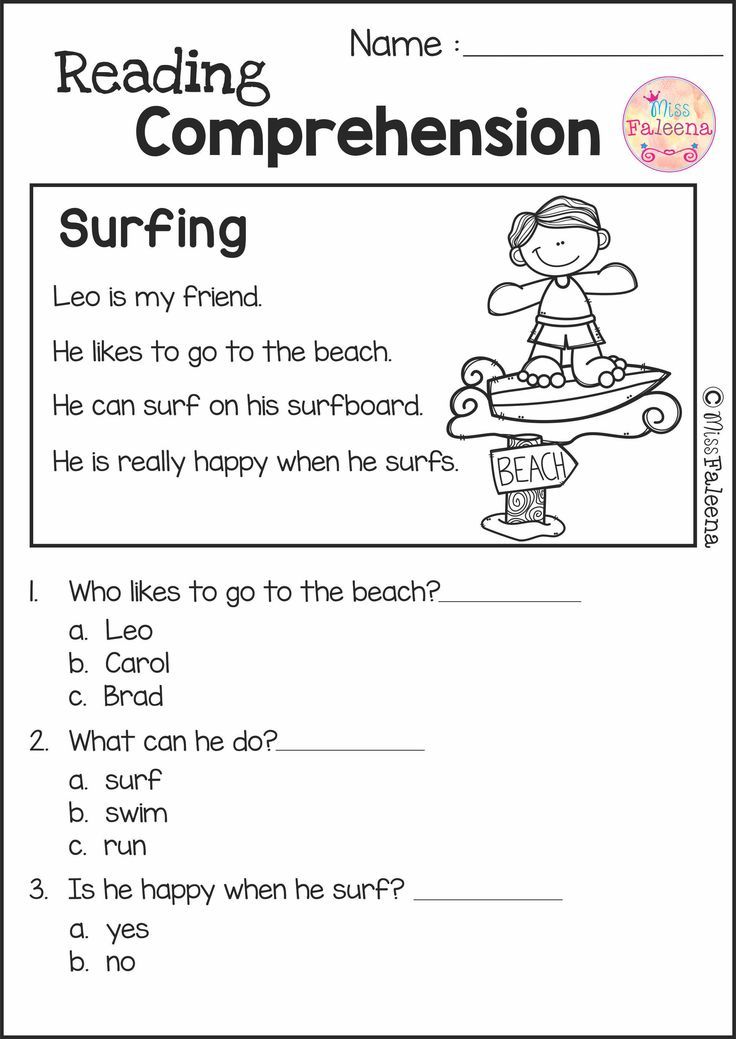 6 CD/DVD in the movie below.
6 CD/DVD in the movie below.
Encourage kids to learn new words.
We know vocabulary is crucial to reading. Often, it is similar to the old chicken or egg paradox. Reading is what helps kids expand their vocabulary. But to be able to read with ease, kids need to be taught vocabulary. We cannot underestimate the power of “owning” these new words enough to be able to use them in a sentence naturally, and that only comes with practice. So teachers and parents will need to set up situations in which that can happen.
Support reading activities with background knowledge.
Before you begin reading to your child or get them to read, it helps to give them background knowledge. This can mean introducing them to the new words that they will encounter while reading the selected text.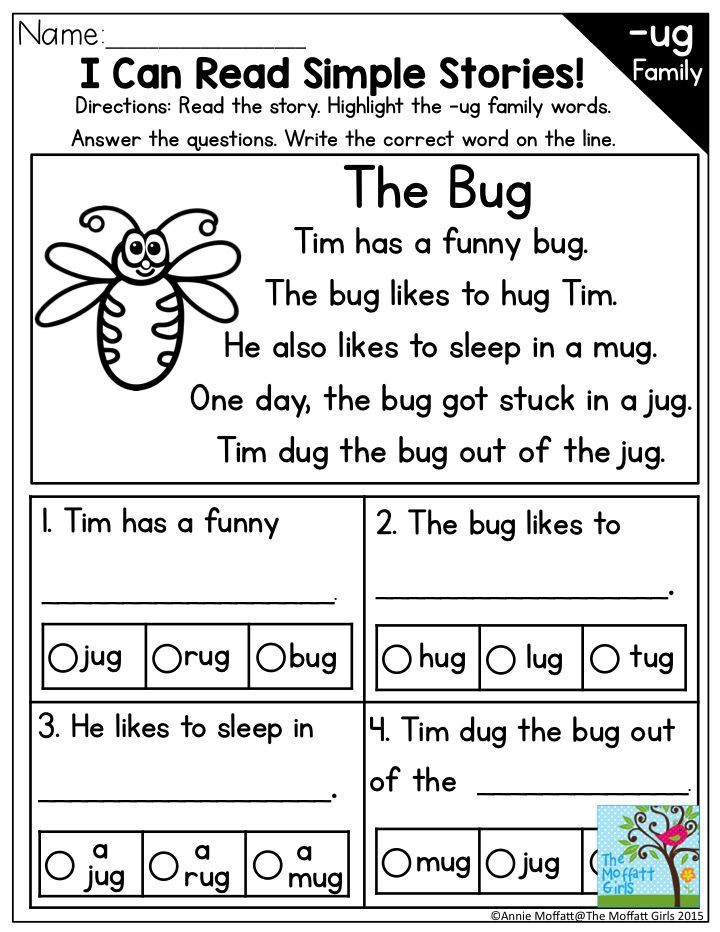 Background knowledge is also the information and experience that your child must possess in order to make the right inferences. If you are reading the story about a fisherman, it would benefit the young reader to understand a little about fishermen and fishing before plunging into the story. So if you cannot actually go fishing, visit YouTube to find some videos of other people fishing and then talk about it with the children.
Background knowledge is also the information and experience that your child must possess in order to make the right inferences. If you are reading the story about a fisherman, it would benefit the young reader to understand a little about fishermen and fishing before plunging into the story. So if you cannot actually go fishing, visit YouTube to find some videos of other people fishing and then talk about it with the children.
Encourage the reading habit.
Beginning readers must practice reading for at least 20 minutes every day. They may not be ready to read independently and reading aloud may turn their attention to how they sound rather than on meaning. I have found that reading with an adult or reading in pairs with other kids is more effective when children are learning reading comprehension. This encourages them to read actively and holds their attention. Young readers can touch the print as they read.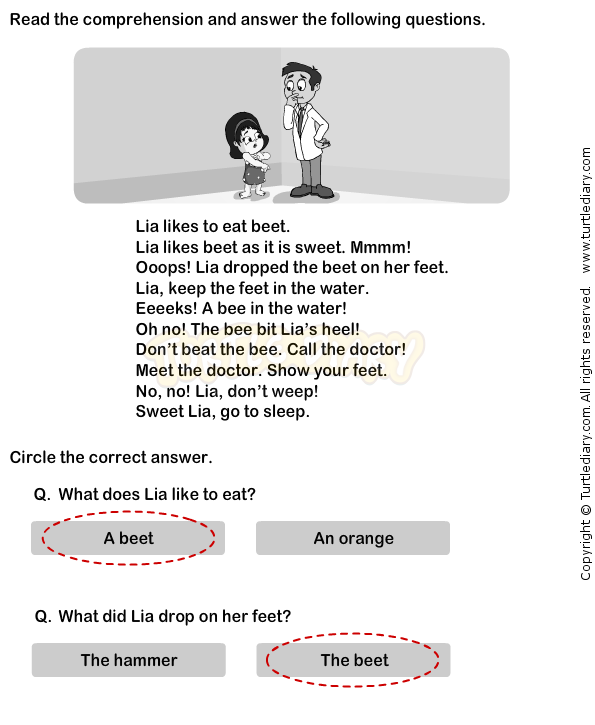 They must also be allowed to reread the same books as many times as possible.
They must also be allowed to reread the same books as many times as possible.
Set a Purpose for Reading
It helps to set clear goals before kids begin reading. This means they should know why they are reading a piece of text. For instance, you could tell kids they will be learning what happens when a fisherman gets lazy and falls asleep while he is out at sea, how caterpillars turn into butterflies or why peacocks dance when it rains. This helps anchor their attention.
Click here to get some free samples of this I Spy CVC Words print and fold easy reader activity!
Click here to find out more about this I Spy CVC Vol. 2 printable easy reader and to get some free samples!
Teach kids to make predictions.
As children grow more comfortable with reading, you can start asking them to make predictions on what they are about to read and what may happen as the events in the story start unfolding.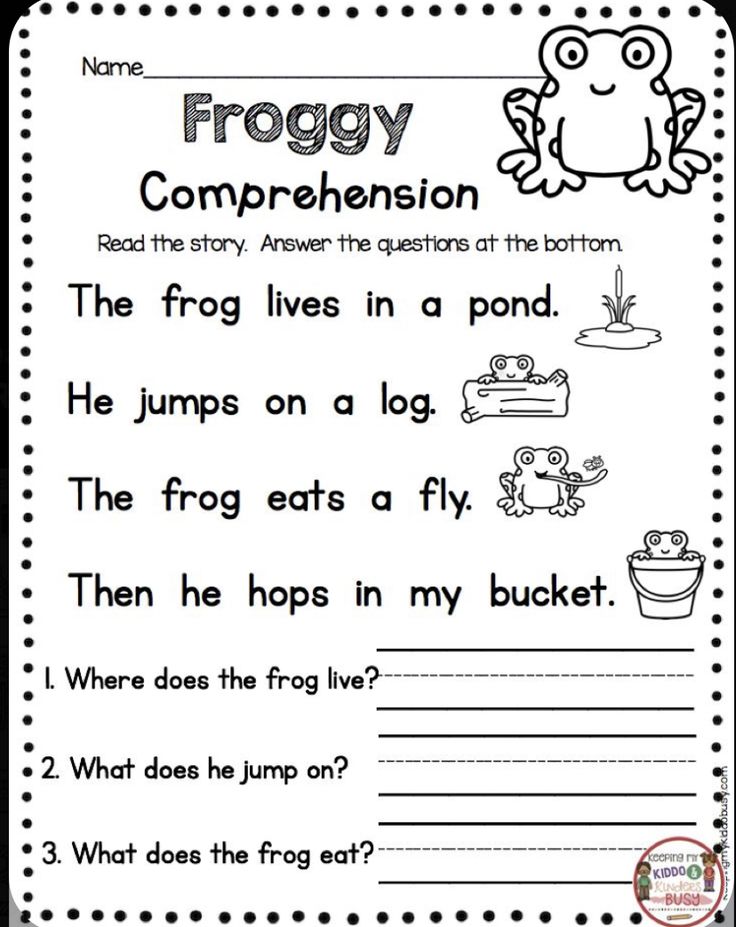 These can be based on pictures and illustrations or the title of the text. You can ask questions like, “What do you think the story is about? What do you think will happen?” After reading the text, check if the predictions were correct.
These can be based on pictures and illustrations or the title of the text. You can ask questions like, “What do you think the story is about? What do you think will happen?” After reading the text, check if the predictions were correct.
For fun, try passing around a “crystal ball” for each child to make a prediction in your small reading group!
Get kids to summarize and retell what they read.
Asking children to summarize a story they have read and to retell it helps them articulate their thoughts. We are able to assess their understanding – what they consider as important, what are the main ideas as they have understood it and how they connect these ideas, the sequence in which they retell the story, and how much they remember. Young children can have fun while they practice retelling stories with a few props from it, as shown in the picture below.
Help kids develop the ability to create mental images.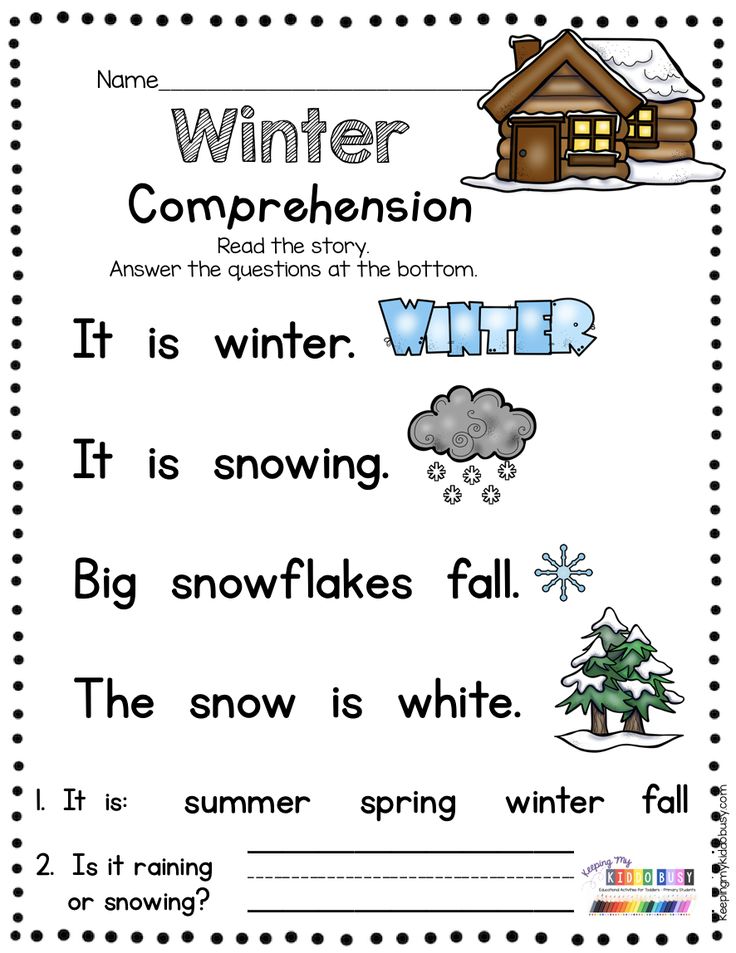
An excellent way for beginning readers to remember what they are reading is to create mental images as they read. We can tell kids that they will have to draw after they finish reading. Their drawing can be about how they felt while reading, a character in the story, their favorite scene. Giving them a time frame within which to complete the drawing allows them to stay focused and not be pulled away from what they have just read.
Help kids visualize what they read about by encouraging them to draw a picture.
Ask questions.
To check comprehension, you can ask kids questions. These can be probing, open-ended questions or close-ended questions. Questions can be used to check how well your child has understood the story. They can also be about what they think will happen based on what they have read so far. Questions can also be used to clarify any confusion.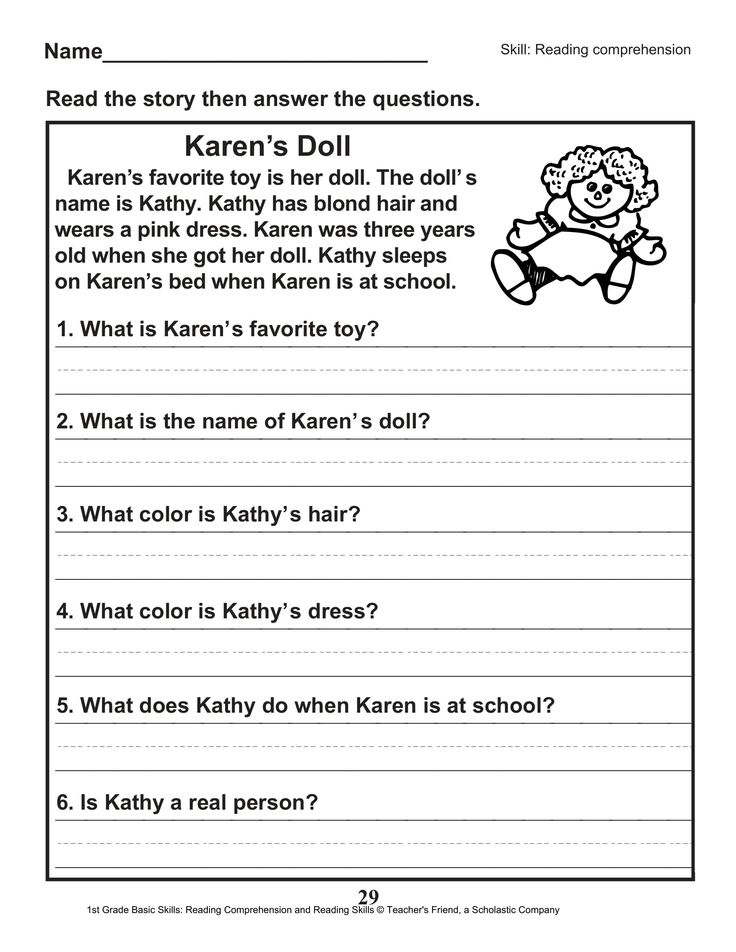 Getting kids to answer your questions can really help them prepare for comprehension tests such as Accelerated Reader (AR) tests, too! Here are some examples:
Getting kids to answer your questions can really help them prepare for comprehension tests such as Accelerated Reader (AR) tests, too! Here are some examples:
“What was the problem Jim faced? How did he handle it? Do you think he was happy?”
“What do you think Sara will do now? How do you think Sara’s father will react? What would you do if you were Sara?”
“Did you come across anything in the story that you did not understand? Do you know what the word _____ means?”
With regular effort, beginning readers can learn to read easily and build their reading comprehension skills. The quicker their uptake and understanding of what they read, the more they will be able to benefit from learning through books and other resources. This will also impact how well they internalize and enjoy other academic subjects.
Author Bio:
Corinne Jacob is a wannabe writer who is convinced that kids learn best when they’re having fun.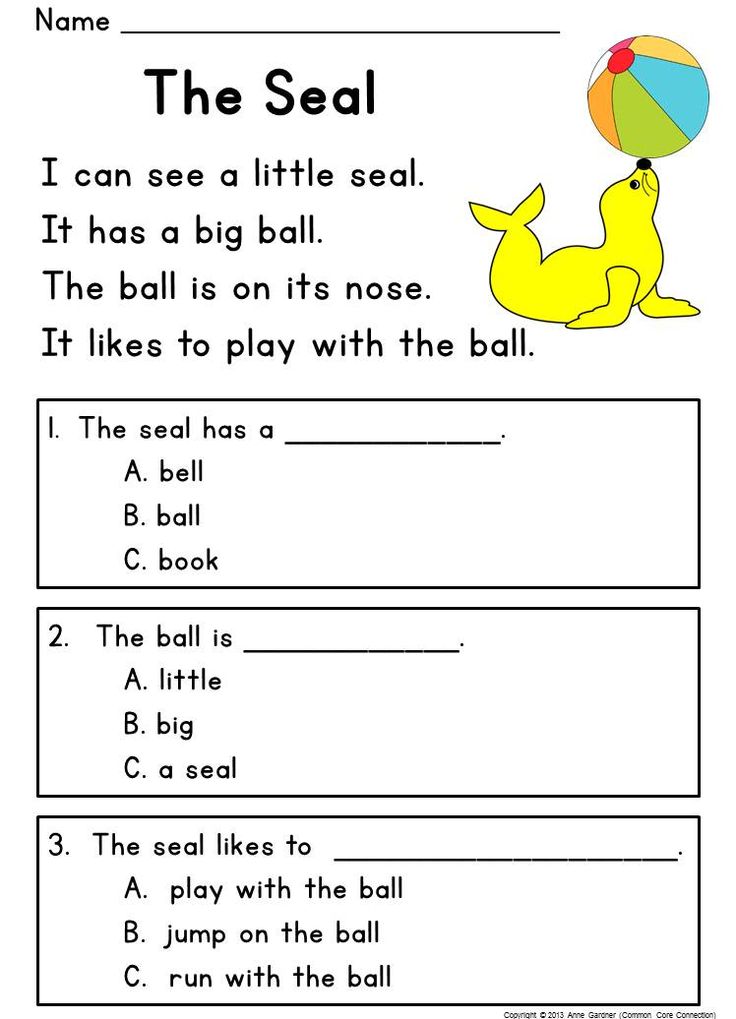 She is constantly on the lookout for new and exciting ways to make learning an enjoyable experience. Corinne loves all things that scream out un-schooling, alternative education and holistic learning.
She is constantly on the lookout for new and exciting ways to make learning an enjoyable experience. Corinne loves all things that scream out un-schooling, alternative education and holistic learning.
----------------------------------
Follow me! Did you enjoy this post? Do me a favor and share it with your friends! And follow this blog by signing up for my email updates, or follow on Bloglovin', or follow me on TPT! I'm also on Pinterest, Facebook, Twitter, Instagram, Google+ and YouTube, too! Don't forget to sign up for our email newsletter (at the bottom of this page) for special deals and promo codes that you won't find out about anywhere else.
8 skills that are useful for developing a preschooler and elementary school student
School preparation / Early childhood development
The LogicLike team talks about the skills that are important to master in preschool and primary school age in the first place.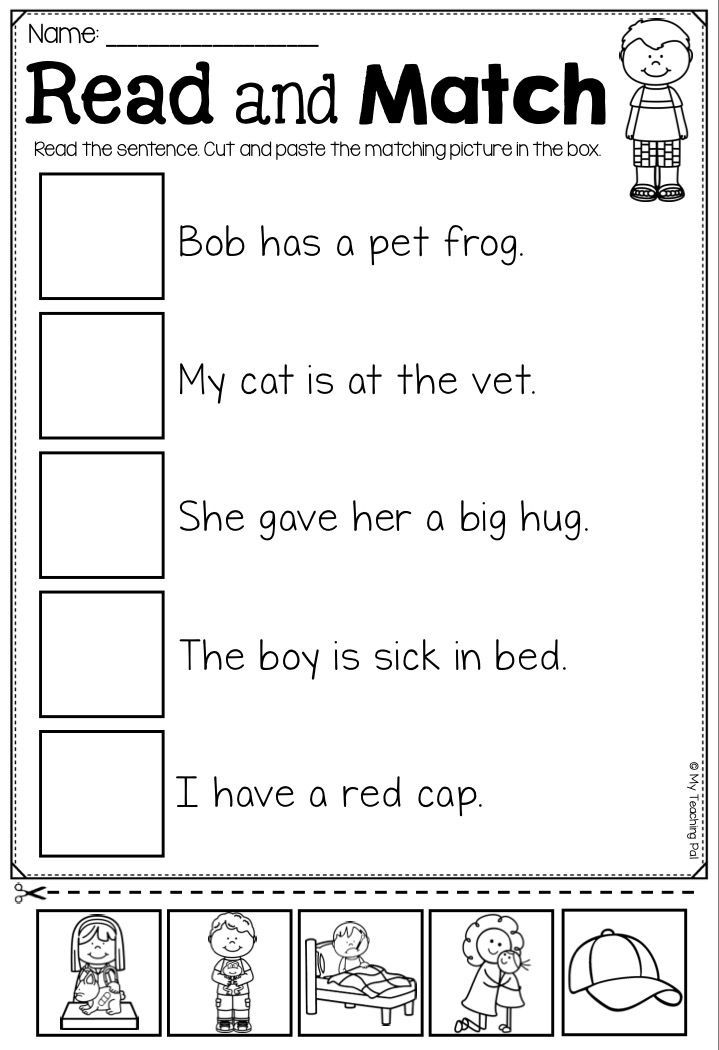
LogicLike is an online platform for the development of children aged 5-12. We teach children to reason and work with information, develop logic and non-standard thinking. nine0003
1. Ability and desire to learn: cognitive abilities and interest in learning
Perception, attention, memory, imagination, speech, thinking are mental cognitive processes that make up the ability and desire to learn. For most children, the development of cognitive interest is a natural process laid down by nature. At preschool age, inquisitive children most of all want to discover something new.
Closer to 5-7 years, the child no longer simply perceives information in finished form, as it was before. An inquisitive mind seeks to find answers to questions on its own. An inquisitive preschooler learns to bring different concepts into one system, analyzes them, compares them, looks for patterns and draws conclusions. nine0003
Hot interest and curiosity are the basis of independent motivation of a preschooler and a first grader to study.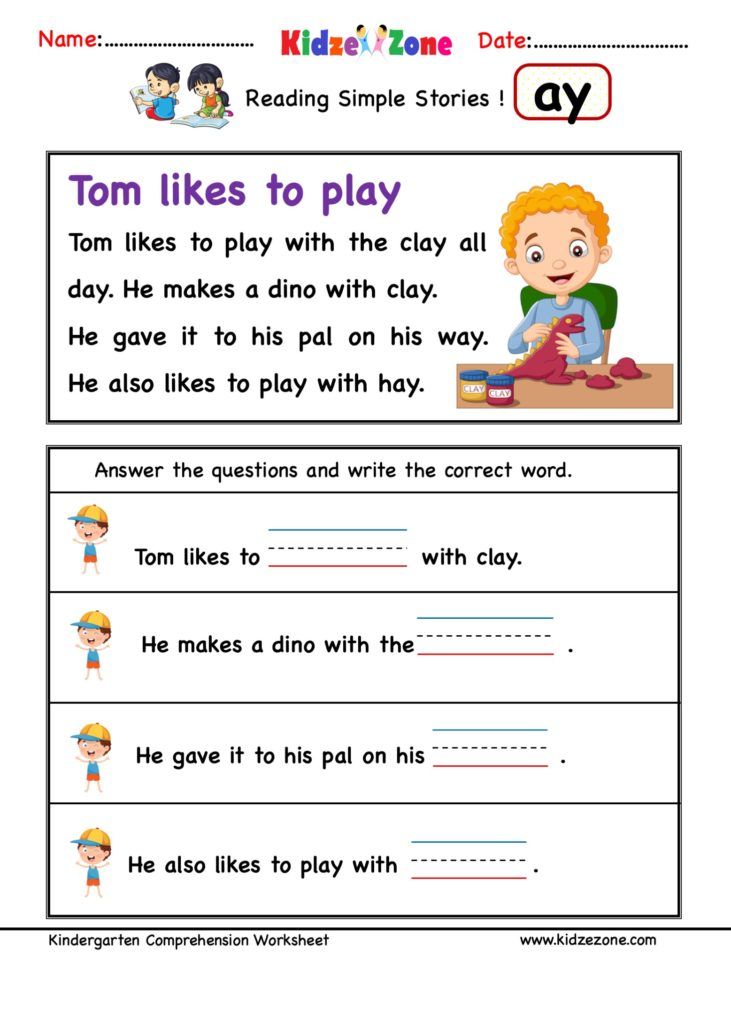
The elementary school curriculum does not contain separate classes devoted to the development of cognitive abilities. Therefore, the task of teaching the child to learn largely falls on the parents.
High cognitive interest plus developed attention, memory, thinking and other cognitive abilities will help you get used to school without stress, become more independent, proactive and avoid chronic academic failure. nine0003
See also: The benefits of entertaining mathematics and solving logic problems.
The ability to learn independently cannot be overestimated. Technology is developing many times faster than it was 20 years ago, and specialists of any profession are in the race for new knowledge. Try to imagine what will happen in another 20 years.
2. Creative thinking: the ability to think outside the box, contrary to patterns
The ability to create something new, unconventional - this is how classical psychology defines the concept of "creative thinking".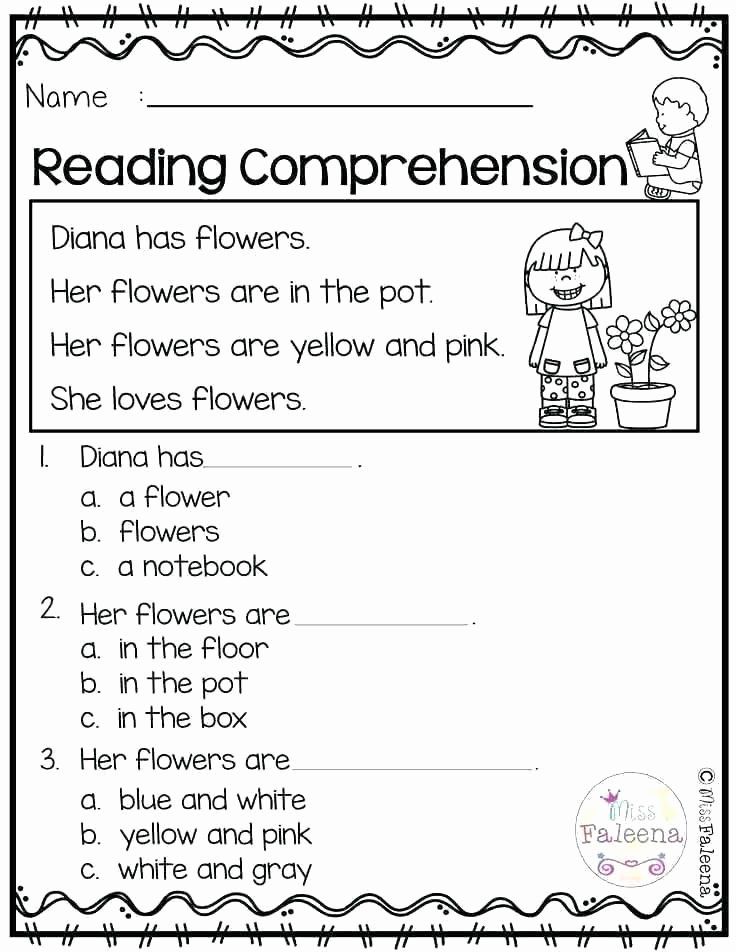 You should not associate it exclusively with art: extraordinary solutions are welcome in any field of activity, be it acting or mobile application development. nine0003
You should not associate it exclusively with art: extraordinary solutions are welcome in any field of activity, be it acting or mobile application development. nine0003
At the age of 5-7 years, thinking is not constrained by stereotypes and it is easier for a child to learn to be “creative”. This will help in the future to get out of any difficult situations, simply connecting creative thinking.
See also: 10 ideas and exercises to develop creativity.
The ability to think outside the box is useful not only in everyday life. For example, engineer and ornithologist Eiji Nakatsu developed a rounded nose for a bullet train. The idea came from observing the kingfisher, a bird whose streamlined beak allows it to fish easily, plunging into the water without splashing. This train design reduced air resistance and energy costs. nine0003
3. The ability to think logically: we develop logical and mathematical intelligence
Some everyday and educational problems can be solved creatively.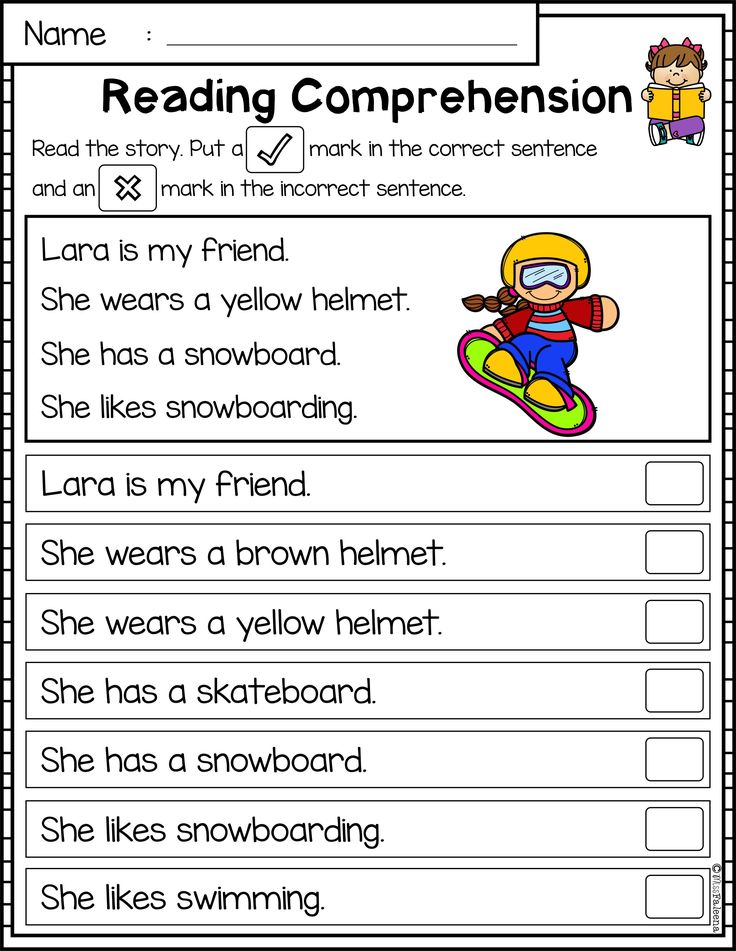 But in most cases, when an objective, balanced approach is needed, creativity is not enough. Logical thinking comes to the rescue:
But in most cases, when an objective, balanced approach is needed, creativity is not enough. Logical thinking comes to the rescue:
- ability to think;
- to prove the truth or falsity of judgments;
- make informed decisions; nine0040
- explain your position to yourself and others.
When a child pumps logical thinking and mathematical abilities, he learns to use specific concepts, "weigh" options and make decisions.
Solving entertaining logic problems is a proven way to develop logic in preschoolers and younger students. Is your child 5-7 years old? This is the perfect time to start. nine0003
Day after day, more than 100,000 students
complete 10-20 assignments on the LogicLike website. And how much can you? Choose where to start:
Riddles and questions Riddles and questions
Logic tasks Logic tasks
Children with developed logical and mathematical intelligence can easily cope with school mathematics.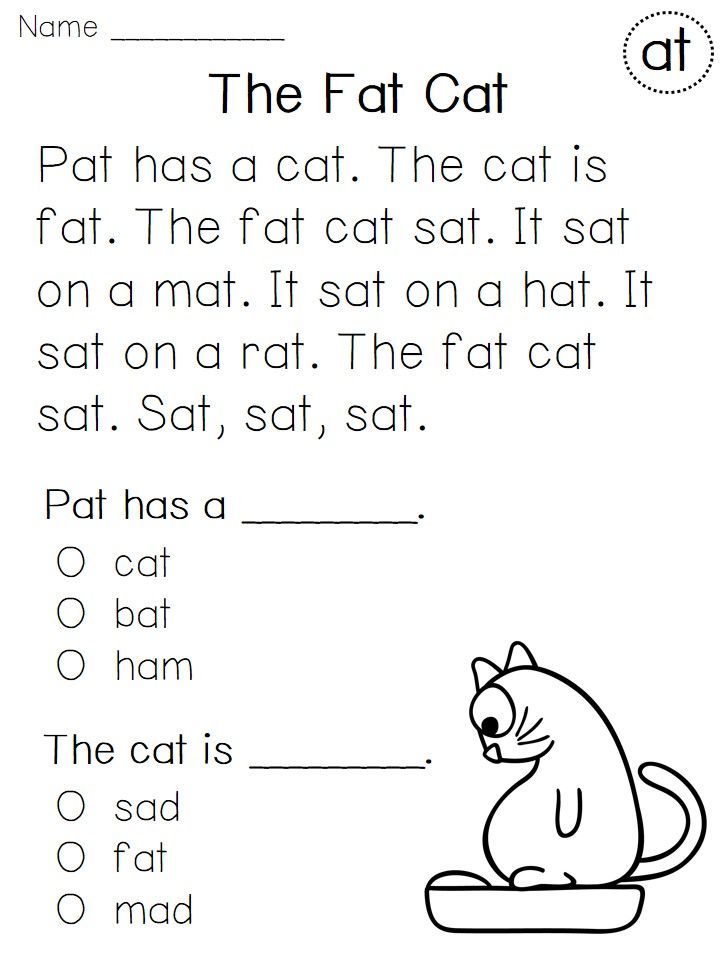 In grades 3-4, they win mathematical olympiads and, in general, have more chances for a breakthrough in overall intellectual development. nine0003
In grades 3-4, they win mathematical olympiads and, in general, have more chances for a breakthrough in overall intellectual development. nine0003
4. Spatial thinking and imagination: developing visual-spatial intelligence
It is possible to create 3D pictures in your head, look at them in great detail and rotate them as you like with the help of spatial thinking and imagination. By developing these abilities, the child learns to navigate in space, recognize directions of movement, determine the sides of the horizon, understand the position of objects in space and perceive their shape. nine0003
This is interesting: Games and tasks for the development of spatial thinking of preschoolers.
Universal skills for success in any endeavors
The ability and desire to learn, creative, logical-mathematical and spatial thinking are components of the intellect and are absolutely necessary for both children and adults. However, this is not enough to achieve success.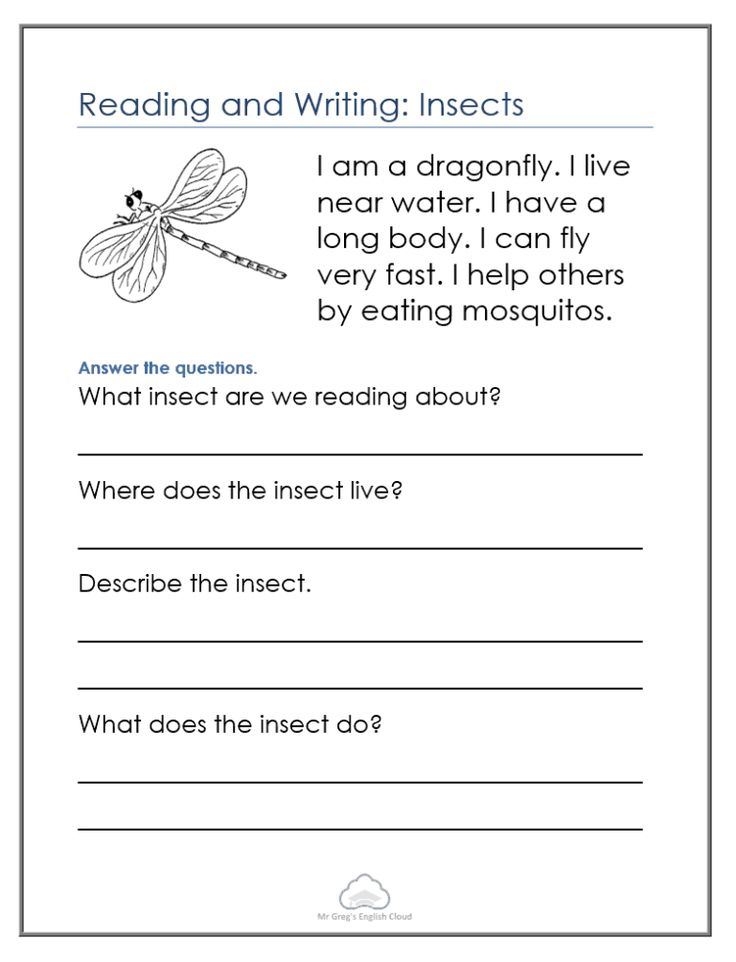
Special, "hard" skills (hard skills) affect a person's success in a particular activity. They, too, can and should be developed from childhood, especially if the child has obvious inclinations and interests.
What can determine the success of a person in a variety of activities? General, soft skills It is equally useful in study, work and personal affairs. “Soft” skills are the basis for the development of special skills and human efficiency in everything. nine0003
We have identified 4 universal skills, qualities (their groups) that will definitely be useful to your child at school and later in life.
5. Communication skills: the ability to communicate and speak in public
The ability to conduct a dialogue, negotiate, convince somewhere, and give in somewhere, helps to join the team and find a common language with any person. A sociable person is more likely to reveal his abilities and succeed than someone who is stuck in communication.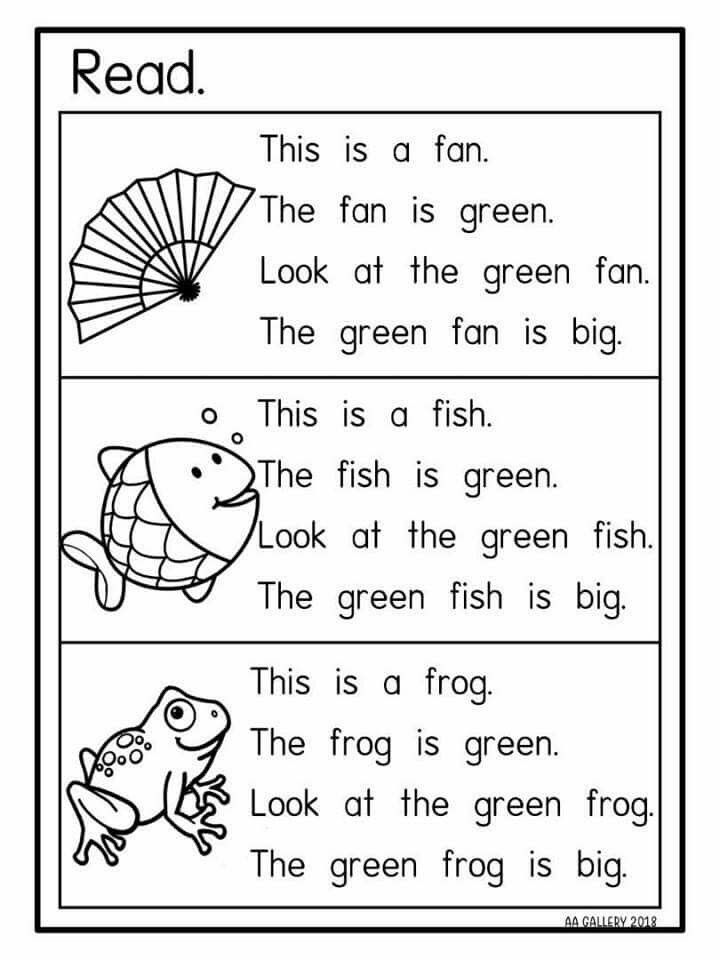 nine0003
nine0003
6. Ability to work with information
When the information in the head is not sorted out, but falls into a heap, it is much more difficult to find and use something valuable.
For effective work and study, it is important to be able to:
- evaluate information for accuracy and reliability;
- to filter out the superfluous and empty, to highlight the main thing; nine0039 combine elements into semantic groups;
- memorize and find the right information in time.
"Who owns the information, he owns the world."
Nathan Rothschild
7. Self-organization, time management
Sometimes it seems that a person's life is organized by circumstances. School drives into the framework of lessons for 45 minutes, work creates the boundaries of an 8-10-hour working day. nine0003
But without the ability to plan things and manage your time, it is difficult to be productive.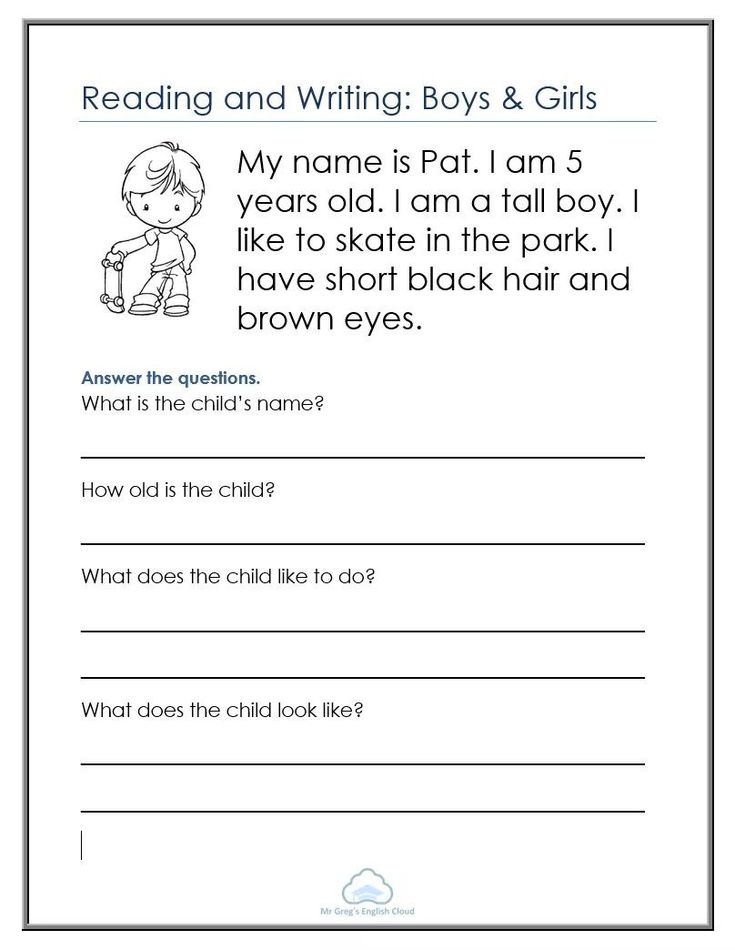 This is something that is not taught in school, but without which it is difficult to do without in life.
This is something that is not taught in school, but without which it is difficult to do without in life.
“I’ve been thinking about how to kill time more than once!” said Alice from Lewis Carroll's fairy tale to the Hatter. He answered her:
“How can he (time) like this? If you didn’t quarrel with him, you could ask him for anything you want.
8. Personal qualities: leadership, will, perseverance nine0085
Purposeful, stress-resistant, responsible, proactive, hardworking, able to cope with routine tasks - like a torn line from a resume of a top specialist, isn't it? All these qualities are classified as soft skills. They are not related to a specific profession, but without them any work is difficult.
Personal qualities are formed in childhood and depend on upbringing. It is important in this regard to correctly “distribute responsibilities” between the school and parents. nine0003
Abilities and skills open up a world of possibilities for the child
It all starts with the discovery of the inclinations laid down by nature, which are easiest to develop into abilities.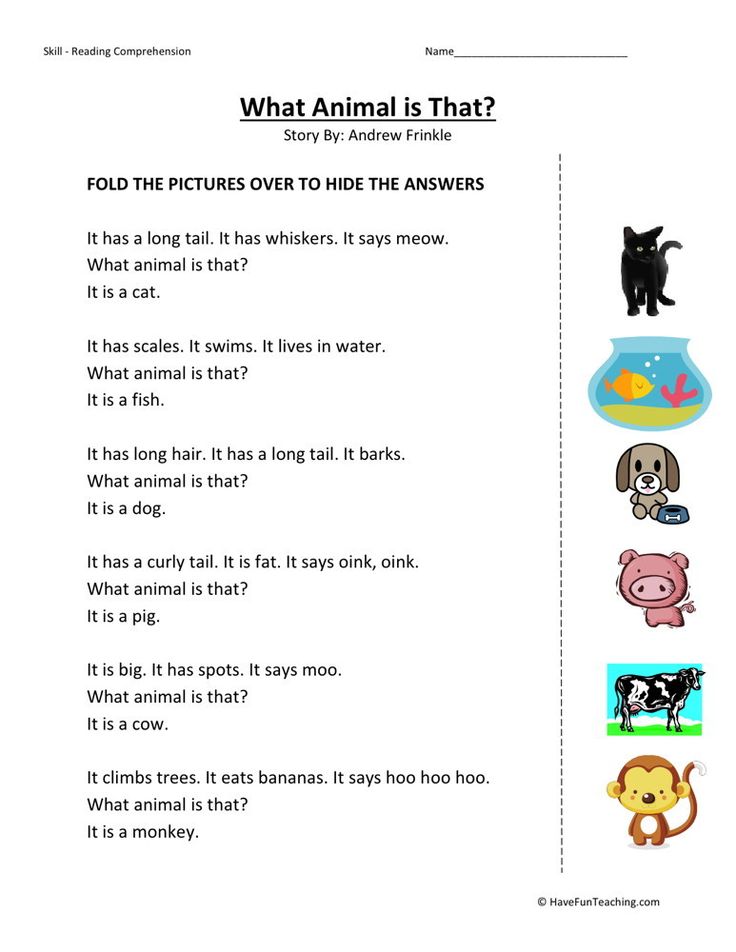 But without effort, even rich inclinations run the risk of remaining in the stage of unsprouted grains.
But without effort, even rich inclinations run the risk of remaining in the stage of unsprouted grains.
A vivid example is in the biography of the Russian painter Vasily Surikov. His inclinations for drawing appeared early, but by the time he entered the art academy, they were not developed to a sufficient degree, according to teachers. nine0003
“Is this your work? Yes, for such drawings, you should even be forbidden to walk past the Academy!
, the examiner remarked sternly.
Surikov did not agree, in three months he completed a three-year course with the artist Dyakonov and successfully entered. To make this example even more revealing, imagine that Surikov never discovered his ability to draw.
How do you like it if your child agrees with the school teacher, they say, “well, there are no abilities for mathematics and logic - a humanist”? nine0003
At any age, it's not too early and not too late!
In childhood, the potential for the distant future is laid. But does this mean that it is already too late for adults to develop their abilities? Not at all.
But does this mean that it is already too late for adults to develop their abilities? Not at all.
This is confirmed by people who debunk myths by their example. Belarusian biathlete Daria Domracheva received two higher economic educations before realizing in sports.
Self-taught artist Henri Rousseau began painting at a mature age, with only military service and customs experience behind him. It is never too late to develop and discover a second wind. nine0003
What else is worth remembering?
- Listen to your child and help him develop in what he likes. Do not try to realize only your ambitions, do not strive to grow a new Hans Zimmer or Steve Jobs.
- Lay down the basic abilities that will definitely come in handy for any teenager and adult. For this, he will definitely thank you.
- Continue the development of thinking, cognitive interest and other skills with LogicLike. Our activities are fun for kids and adults! nine0040
On the LogicLike platform, we teach and develop children in a playful way, from simple to complex.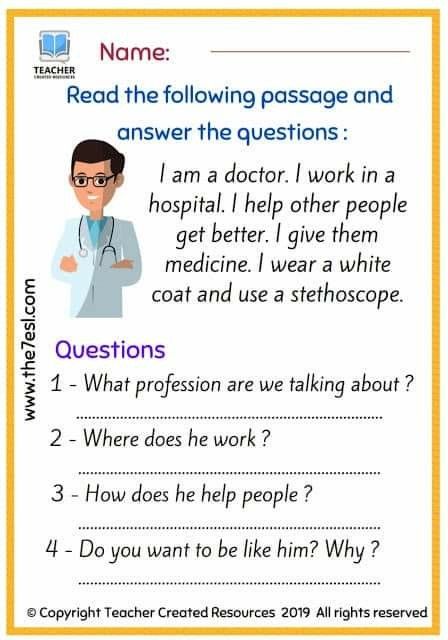 Study online at any convenient time.
Study online at any convenient time.
To share with friends:
We will teach you to reason and work with information
More than 150,000 children and parents from all over the world are already developing logic and thinking on the LogicLike website.
Start classes! Start classes! nine0003
Children's perception, its features in general educational activities in a preschool educational institution
In our modern and progressive world, as well as in our kindergarten, preschool education plays a big role.
Every year more and more requirements are imposed on children of preschool age, especially at senior preschool age before going directly to school. Often children of senior preschool age are prepared for school by instilling in them general and special knowledge, certain skills and certain skills. But the formation of cognitive mental processes in them, and first of all, they do not attach importance to perception.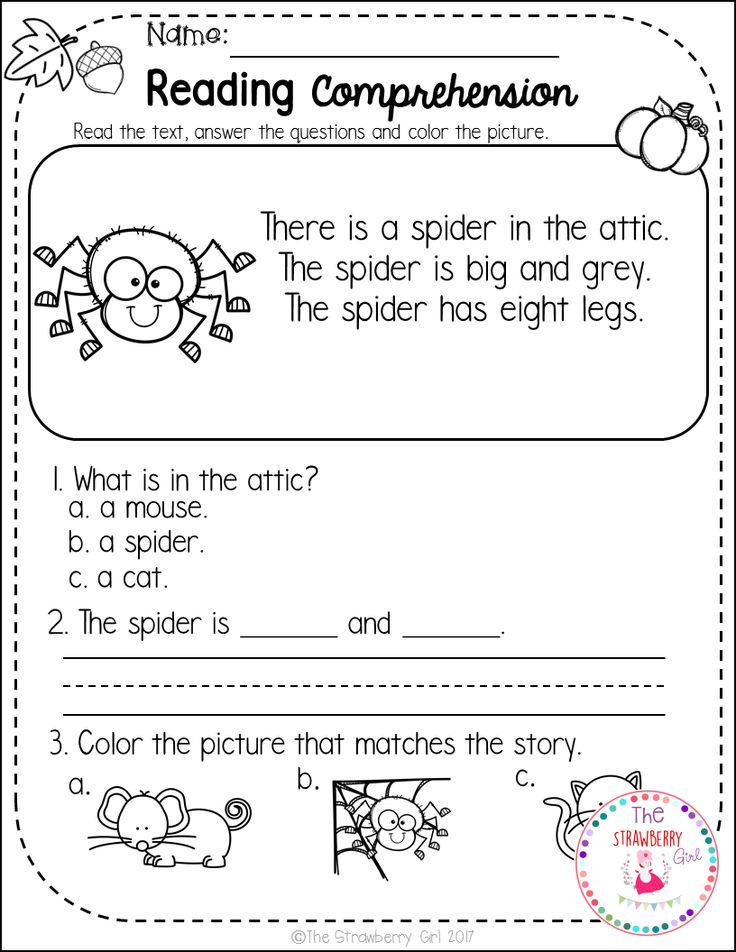 But this is no less important. And maybe even the basis for successful schooling. In our kindergarten, children learn to perceive educational information before they cross the threshold of the school. After all, if a child of senior preschool age does not learn to perceive information, he will not be able to comprehend, process and evaluate it. The child may not master the school material and the program, his knowledge will not be formed. nine0003
But this is no less important. And maybe even the basis for successful schooling. In our kindergarten, children learn to perceive educational information before they cross the threshold of the school. After all, if a child of senior preschool age does not learn to perceive information, he will not be able to comprehend, process and evaluate it. The child may not master the school material and the program, his knowledge will not be formed. nine0003
In the classroom, when choosing tasks, it is important to take into account that perception depends largely on the characteristics of each child. Our knowledge and skills, interests, habits that affect us affect children's perception in the general educational activities of the kindergarten. For beneficial work in the classroom, we single out in children what type of perception a child has, which is not unimportant in general educational activities. First of all, it is necessary to attribute the differences between holistic and detailed, synthetic and analytical perception in a particular child.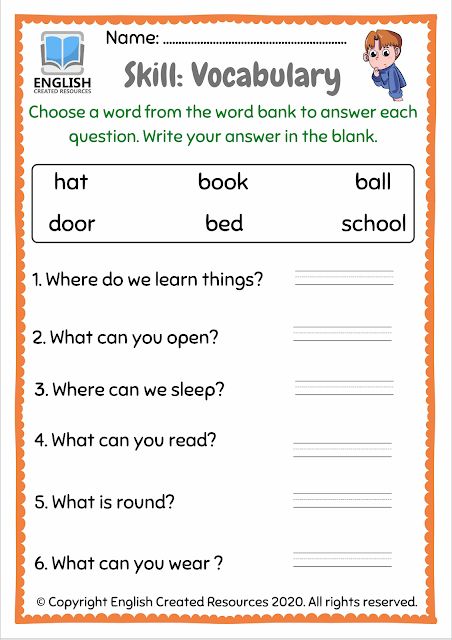 nine0003
nine0003
This helps us convey the right information to a particular child.
An important regulator of perception is the need to perceive the presented material.
The ability to perceive information in a child is not innate. It is necessary to develop children's perception. Different types of perception are developed by different means. In older preschool age, perception develops in the form of visual sensations. 80% of all cognitive material that a child receives at this age, he perceives through visual analyzers. Basically it is information about the world around. At the end of senior preschool age, the child no longer makes mistakes in distinguishing colors, even distinguishes their shades. nine0003
The older preschooler is also characterized by high auditory sensitivity.
Our children have learned to distinguish musical compositions, their rhythm and tempo.
Tactile sensitivity in our children develops through outdoor games, gymnastics and physical exercises.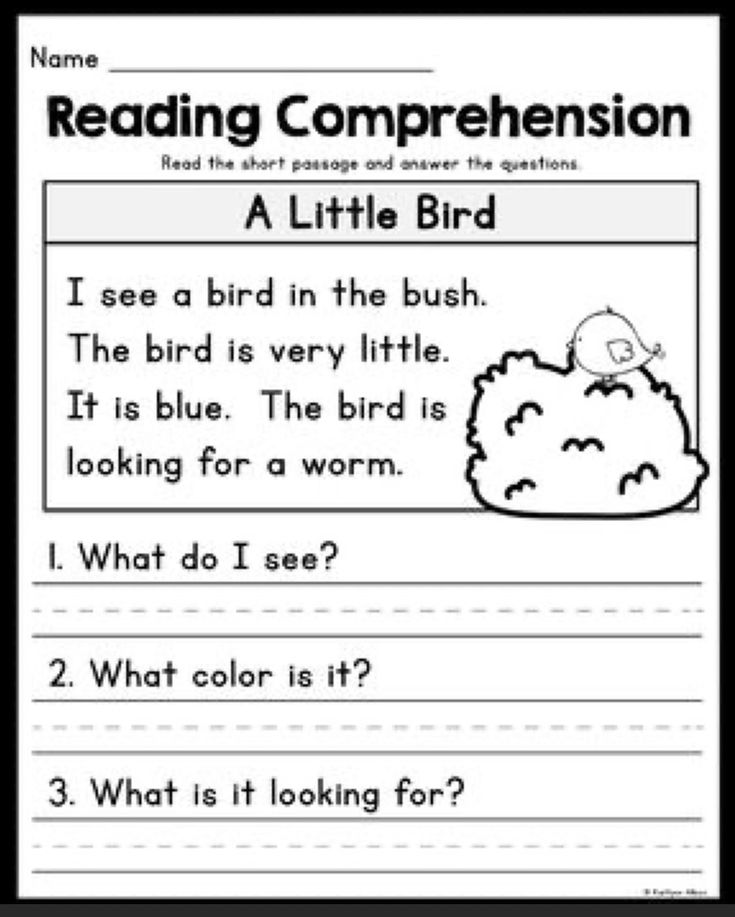
When perceiving space, our children are looking for opportunities to explore different forms, trying to compare objects.
They can navigate space and time quite well. I would especially like to note in our children the peculiarities in artistic perception. Children of senior preschool age, listening carefully to stories, try to influence literary characters. Their expansion of knowledge and ideas about reality contributes to the formation of artistic perception. This is also facilitated by the development of speech and children's thinking. nine0003
As for the perception of other people by our young children, it depends on the relationships established between them. Toddlers like educators who have attractive qualities, in which educators and children easily come into contact and communication. If the child does not like someone, then he treats such a person with visible hostility. The reason may be simply the lack of interaction. At the age of 5, a child's perception is still involuntary; by the end of 6 years, children can set a goal for studying and studying the properties of various objects, they can compare them.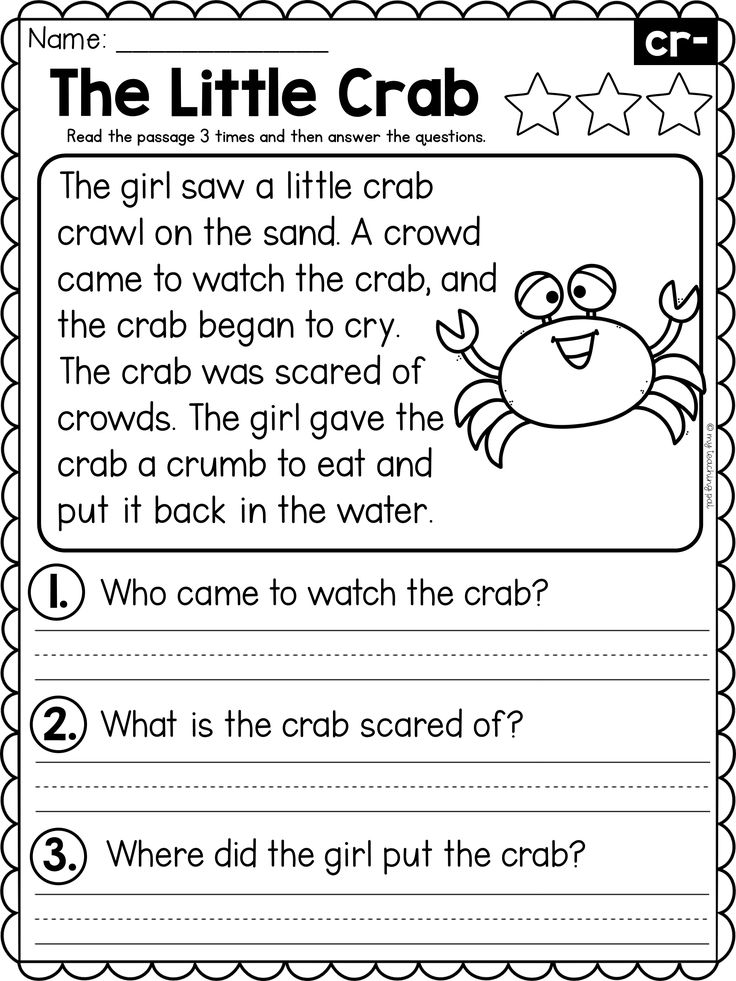 nine0003
nine0003
In order to successfully develop perception in older preschool children, purposeful work is carried out in our kindergarten. If the child has a holistic or synthetic type of perception, then the child most clearly represents the general impression of the object, the general content of perception, or what information the educator conveys to him. Children with this type pay the least attention to details and details. They do not single them out on purpose, and if they catch them, then not in the first place. Therefore, a lot of information remains unnoticed by them. nine0003
In order to accept all the information, the educator needs to help the child, who will have to set a special task for mastering individual details, the fulfillment of which is difficult for children, and which they sometimes cannot complete without the help of a teacher.
Example: “Make up a story from a picture” The child can only tell a general picture of what is shown in the picture: seasons, trees, large images, etc.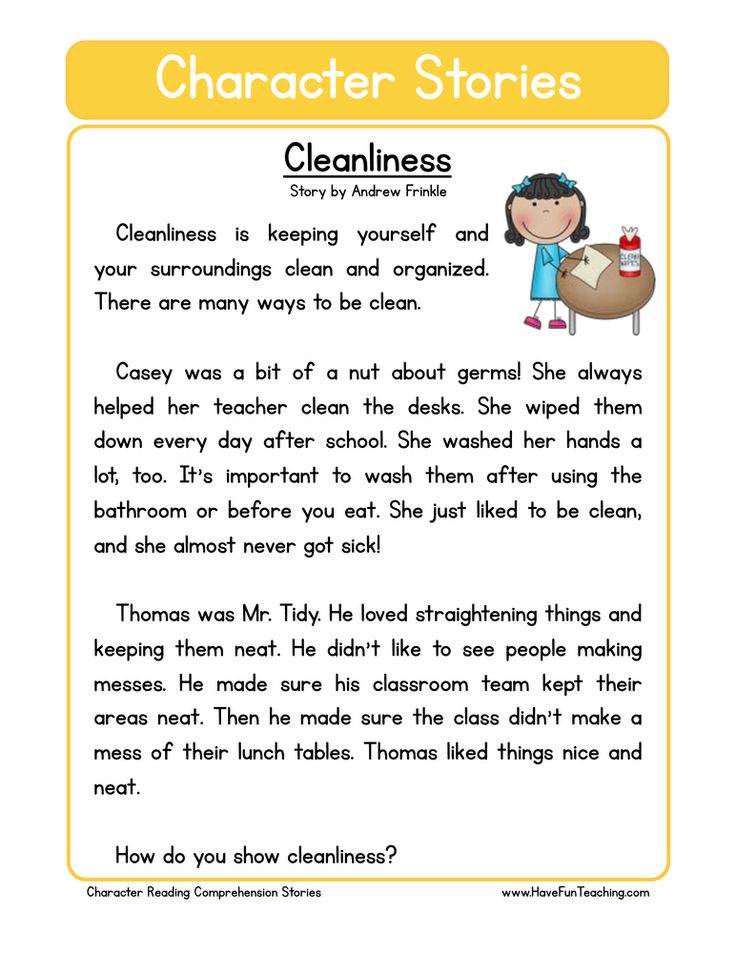
We give children with this type of perception to do exercises, like puzzles, to create the integrity of the picture from small details. nine0003
Guys with a detailed or analytical type, on the contrary, highlight all the details and details, the general meaning fades into the background for them. Here we help the child to tell in detail about the individual plots in the picture.
It may be appropriate for the child to add all the individual details into one big picture or task.
If a child has a visual type of perception, then the exercises are built to a greater extent on the development of auditory and tactile perception. Not unimportant is the way of studying the relationship between perception and practical action at different stages of age development, since it is perception that primarily acts as a "regulator" of behavior. nine0003
It is also important to note that the teacher involved in the interaction with pupils is both the subject and the object of cognition.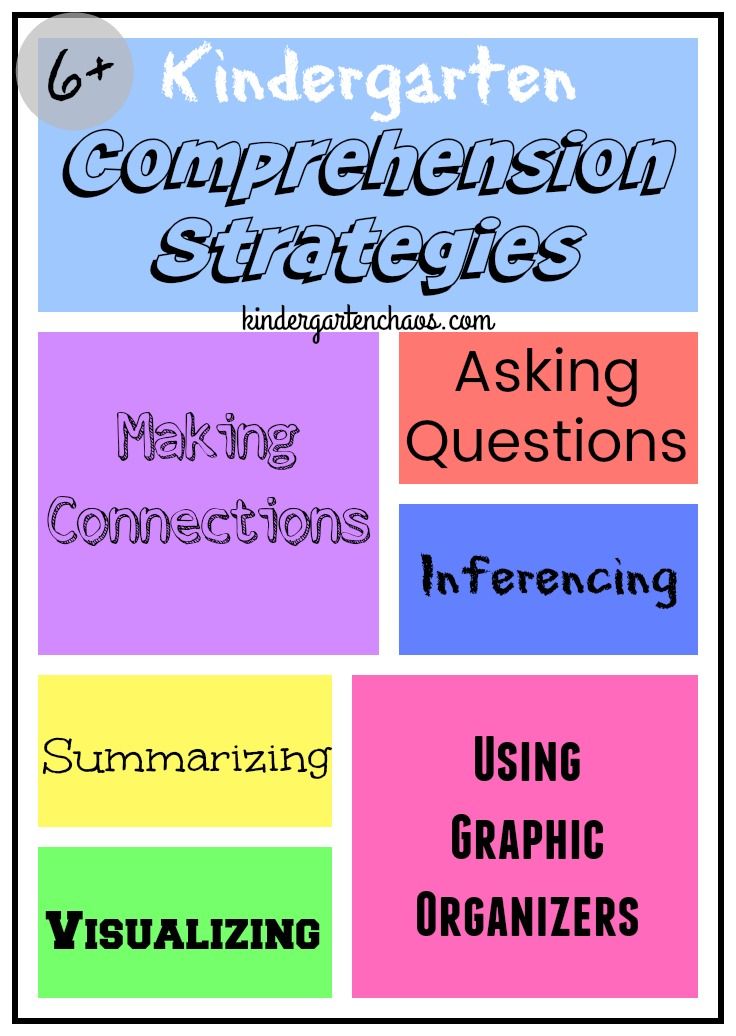 The educator as an object of knowledge by children evokes a certain attitude towards himself. In the variety of attitudes towards the educator and the richness of their shades among preschoolers, it is noted that in children in relation to educators in this range of feelings there is love, and affection, and empathy, and gratitude ... At the same time, a negative attitude is also noted - fear, ambivalence , criticality. This also affects the perception of the material that the teacher gives. Another important detail is that, in the recently gone twentieth century, the child developed in a small society (family, courtyard company, pioneer organization) with a clear link to a specific adult. Today, the child is placed in a situation of broken connections and a chaotic flow of information without structural and logical connections. Modern children are very different not only from those described in their writings by I. G. Pestalozzi, Ya. A. Komensky and V. A. Sukhomlinsky, but also from their peers of the last decade of the twentieth century.
The educator as an object of knowledge by children evokes a certain attitude towards himself. In the variety of attitudes towards the educator and the richness of their shades among preschoolers, it is noted that in children in relation to educators in this range of feelings there is love, and affection, and empathy, and gratitude ... At the same time, a negative attitude is also noted - fear, ambivalence , criticality. This also affects the perception of the material that the teacher gives. Another important detail is that, in the recently gone twentieth century, the child developed in a small society (family, courtyard company, pioneer organization) with a clear link to a specific adult. Today, the child is placed in a situation of broken connections and a chaotic flow of information without structural and logical connections. Modern children are very different not only from those described in their writings by I. G. Pestalozzi, Ya. A. Komensky and V. A. Sukhomlinsky, but also from their peers of the last decade of the twentieth century.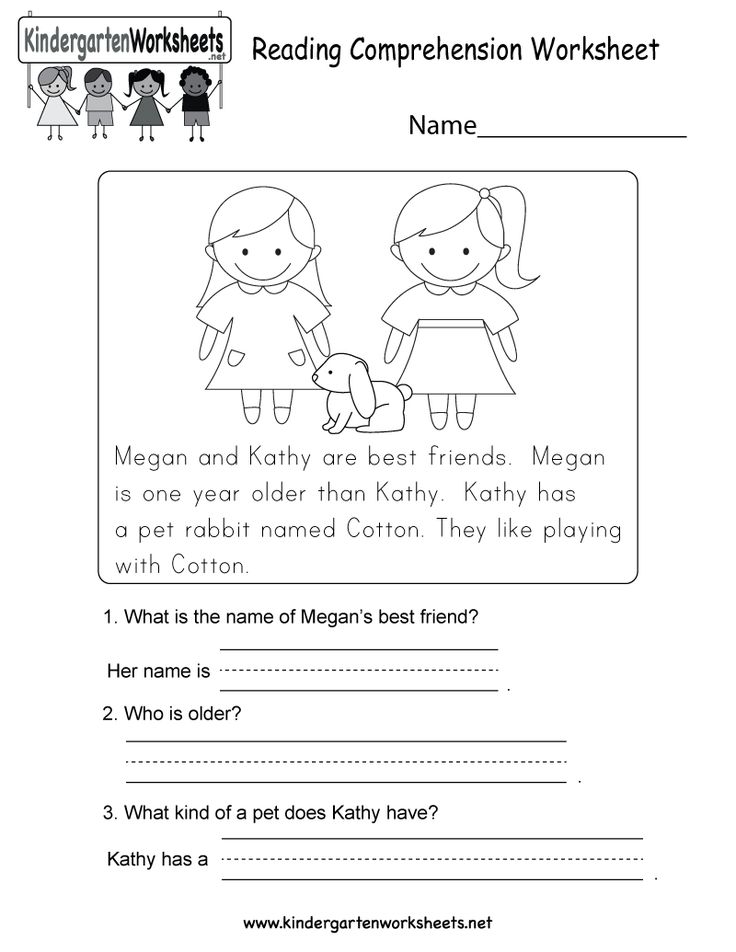 Social changes have led to psychological changes. A serious problem is caused by the “withdrawal” not only from the perception of a role-playing game from the life of a modern child, but also by a violation of speech development, which affects not only cognitive development, but also the development of perception, as L.I. Belyakova, A.P. Voronova, Yu.F. Gargush, O.N.Usanova. nine0003
Social changes have led to psychological changes. A serious problem is caused by the “withdrawal” not only from the perception of a role-playing game from the life of a modern child, but also by a violation of speech development, which affects not only cognitive development, but also the development of perception, as L.I. Belyakova, A.P. Voronova, Yu.F. Gargush, O.N.Usanova. nine0003
Experimental studies of the perception of the role-playing game among preschoolers aged 6–7 showed that the game does not reach the highest level of development (according to DB Elkonin). Consequently, school motivation, generalization, the ability to plan, build relationships with peers are not formed at the proper level.
The result is a decrease in indicators of readiness for learning in primary school. In our kindergarten, a big role is given to the development of the child's perception, his ability to constructively build relationships with the outside world. nine0003
The emphasis is on the child's self-expression, which contributes to the development of perception, the formation of curiosity and imagination in preschoolers, as well as to the motivation for the perception of the general education program in a children's institution.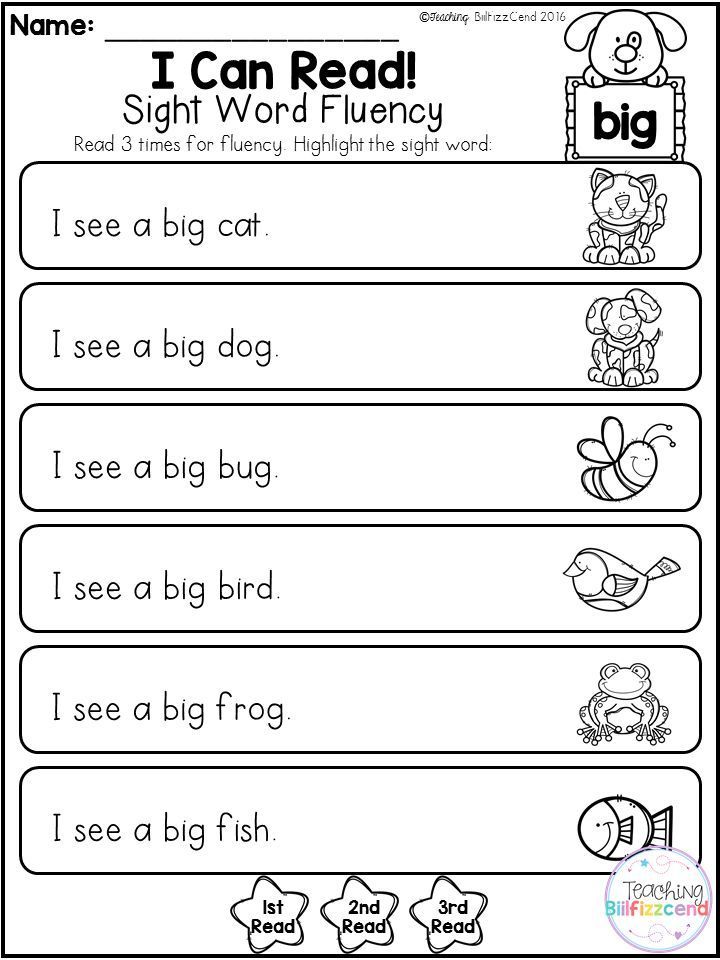
In our kindergarten, classes with children are held both in a group and in a specially equipped room, in which all participants can freely settle down and move around. During classes, children are invited to sit on chairs or on a carpet in a circle, since the shape of the circle creates a sense of integrity, facilitates mutual understanding and interaction of children. At the beginning of classes, a ritual game is used to set the mood for children. Many classes end with the children creating a drawing in individual albums. Children's drawing is the result of the work, which combines all the differences in perception, emotions, impressions, knowledge and skills gained during the lesson. The style of conducting classes should be emotional and laid-back. Each child has an individual approach, and his personal characteristics are taken into account. Musical accompaniment of a dance and relaxation orientation is regularly used in the classroom, which effectively helps to relieve muscle and psycho-emotional stress in pupils.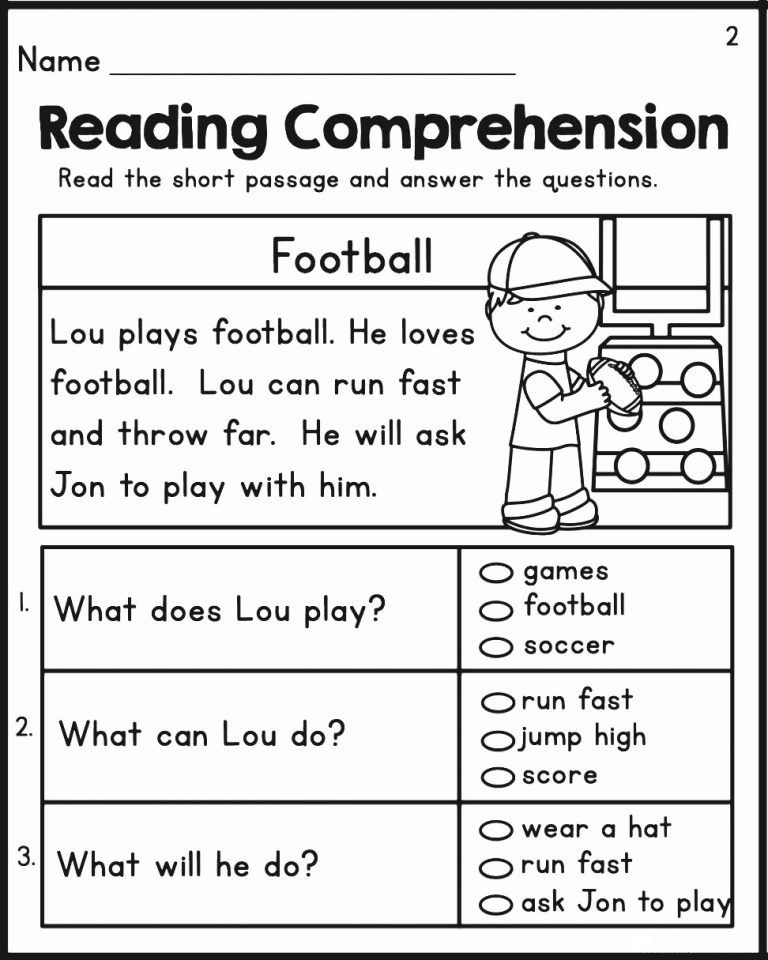 nine0003
nine0003
Our classes are held in such areas as:
- expansion of ideas about the main ways of perception: communicative, auditory, tactile;
- to develop the ability to distinguish between objects and background;
- to develop the ability to adequately perceive learning activities, one's feelings;
- to understand the individual characteristics of other people;
- to recognize the emotional reactions of others;
- for the further development of sign language, facial expressions and pantomimics. nine0003
Psychological work on the development of perception in children of senior preschool age in our kindergarten is built with all participants in the educational process: with children, parents of pupils and kindergarten teachers.
Literature:
1. Age characteristics of the mental development of children. / Ed. I.V. Dubrovina, M.I. Lisina. M., 1982. - 3 1 7 p.
2. Ilyina M.N. preparation for school. Development tests and exercises. - M., 2004.
- M., 2004.
3. Nichiporyuk E.A., Posevina G.D. Diagnosis in kindergarten. The content and organization of diagnostic work in a preschool institution. - ROSTOV - ON DON., 2004.
4. Fress P. Perception and evaluation of time // Experimental psychology / Ed. P. Fresse and J. Piaget. M., 1978.
5. Ananiev BG On the problems of modern human knowledge / Academy of Sciences of the USSR, Institute of Psychology. - M.: Nauka, 1977.
6. Ananiev BG, Rybalka EF Peculiarities of perception of space in children. — M.: Enlightenment, 1964.
7. Vekker L. M. Mental processes: In 3 volumes. T. 1. - L .: Publishing House of Leningrad State University, 1974.
8. Veter L. A. Perception and learning: Preschool age . - M .: Education, 1969.
9. Velichkovsky B. M., Zitenko V. P., Luria A. R. Psychology of perception: Proc. allowance. - M.: Publishing House of Moscow State University, 1973.
10. Vygotsky L. S. Collected Works: In 6 vols. T. 2 .: Problems of General Psychology / Ch.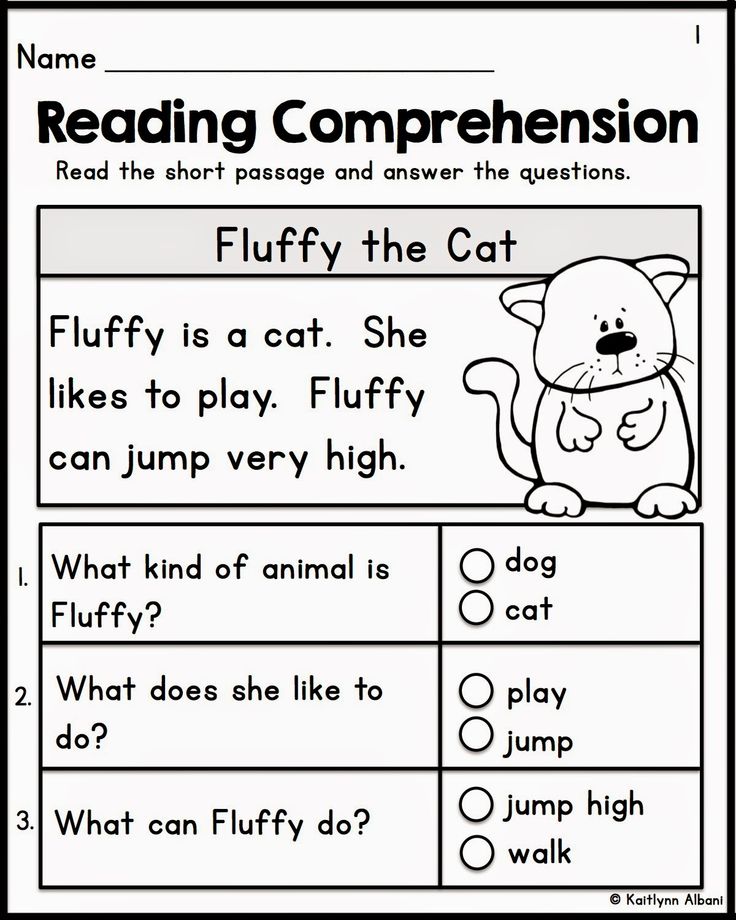 ed. A. V. Zaporozhets. - M: Pedagogy, 1982.
ed. A. V. Zaporozhets. - M: Pedagogy, 1982.
11. Gelfand S. A. Rumor. Introduction to psychological and physiological acoustics. — M., 1984.
12. Gibson J. Ecological approach to visual perception / Per. with ash l. under total ed. A. D. Logvinenko. - M.: Progress, 1988.
13. Gregory R. L. Eye and brain. Psychology of visual perception / Per. from English. - M.: Progress, 1970.
14. Zaporozhets AV Selected psychological works: In 2 vols. Vol. 1: Mental development of the child / Ed. V. V. Davydova, V. P. Zinchenko. - M.: Pedagogy, 1986.
15. Krylova AL Functional organization of the auditory system: Textbook. - M: Publishing House of Moscow State University, 1985.
16. Leontiev A. // Activity. Consciousness. Personality. - 2nd ed. — M.: Politizdat. 1977. 13. Lerner GI Psychology of perception of three-dimensional forms (based on images). - M.: Publishing House of Moscow State University, 1980.
17. Logvinenko AD Psychology of perception: Teaching aid for students of psychology faculties of state universities.